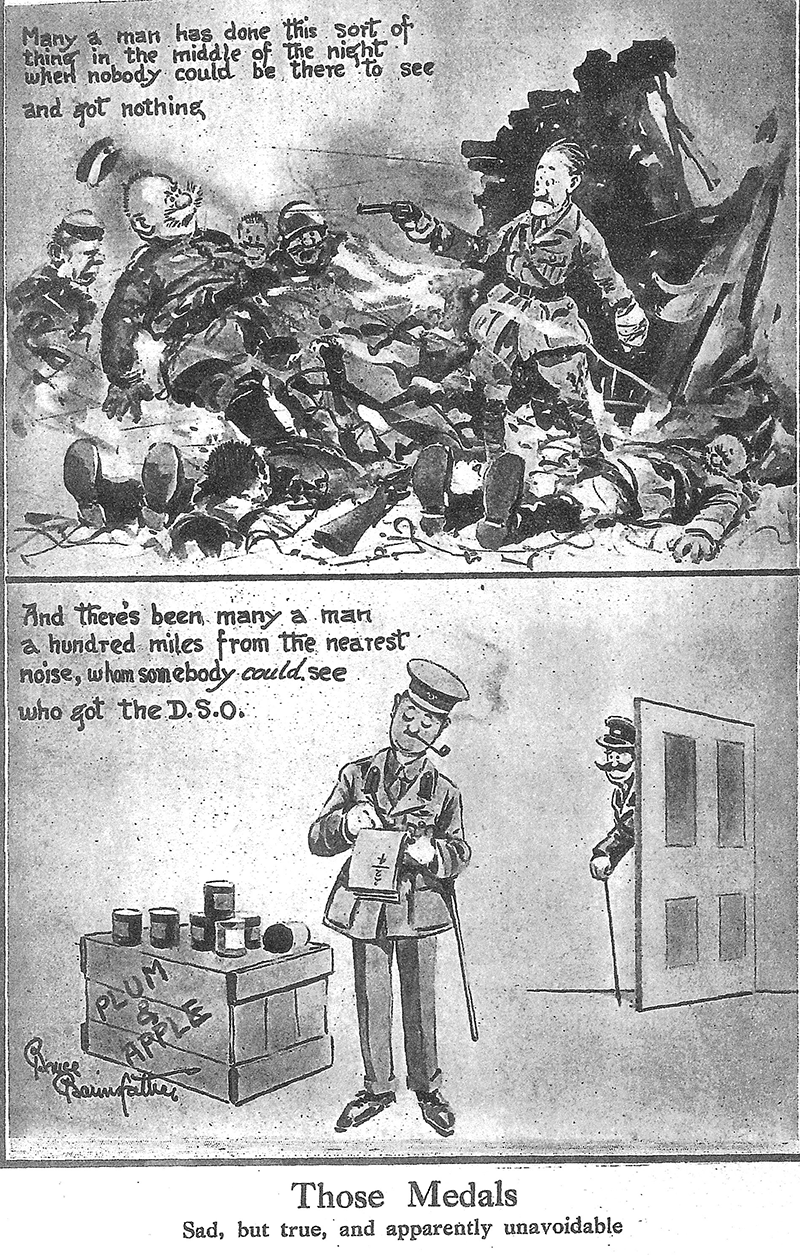 |
 OPCMHVisitor No.: |
HISTORY OF WORK POINT BARRACKSby Jack BatesPART 10 — 1995 to 20222020OPCMH BEACON HILL PARK HISTORY 1842 – 2009 Google the above and refer to Chapters 5 – 7 for more on the Dominion Powder Magazine. See year 1879 for reference LOOKOUT HISTORIC CONCRETE SLABS FIND NEW LIFE A piece of HMC Dockyard’s rich ship repair past has been preserved on a feature wall within Dockyard’s Ship Repair Zone. Large concrete slabs engraved with the word “ORDNANCE,” once part of the façade of long-demolished building D 192, have been incorporated into the landscape design delivered by the Fleet Maintenance Facility Cape Breton shop consolidation project. They are now displayed as a centre piece of a south-facing parkette located on Hospital Road. D 192, built in 1940, was the administrative headquarters for FMF’s predecessor, the Ship Repair Unit (Pacific). The large concrete slabs were part of that building’s front entrance motif. Project director for the ongoing consolidation project Clive Orford, of NDHQ’s Assistant Deputy Minister (Infrastructure & Environment) organization, says incorporating the slabs as part of the revamped ship repair complex celebrates CFB Esquimalt’s rich ship building and repair past. “There always is a lot of history and commemoration about ships and sailors who wore the uniform, but very little in the way of a nod to the thousands of workers who have worn overalls and carried tool boxes, and performed the fundamental task of making sure our ships were seaworthy and ready for deployment,” said Orford. At the start of demolition for D 192 in 2001, he asked that the slabs be retained and ultimately repatriated to the site. “The intention was to create a little enclave or intersection to provide a spot within Dockyard adjacent to the huge FMF complex, to commemorate this historical legacy,” said Orford. The Shop Consolidation Project began in 1988 and is nearing completion with the fifth and final phase expected to be completed this year.
Reference to the operational word “Ordnance” in the Dockyard stems back to the time of the establishment of “Signal Hill” in Esquimalt. Originally a function of the Royal Engineers and the Royal Artillery, the Army Ordnance Corps was in place at Signal Hill in 1901, evolved into the Canadian Ordnance Corps in 1907 and the Royal Canadian Ordnance Corps in 1919. Building SH 514, originally an AOC warehouse at “Signal Hill” in the Dockyard, currently displays the insignia of the “Canadian Ordnance Corps” with cannon balls and cannons on a shield under a beaver. Building SH 522, originally AOC Armament Artificer’s and Sgt’s married quarters, and the current home office of the Base Newspaper the “LOOKOUT,” had a similar insignia on its building front in 1956. I wonder where that is now ? The brick building SH 523, beside 522, was originally married quarters for AOC privates of the day, and SH 520, across Esquimalt Road, was the Officer’s Quarters. Just down the hill, is building SH 502, which was the AOC Warrant Officer’s quarters.
OPCMH A water-colour painting of the Work Point Officer’s Mess came into my possession and looking for a good and appreciative home, I presented it to Colin MacLock, a long time Esquimalt resident and supporter of the “Work Point Barracks Army presence and its Built Heritage.” Colin is also an artist, retired recently, and former Chairman of the Work Point Arts Project Society which toiled valiantly to save the Officer’s Mess from demolition in 2006, unfortunately to no avail. Colin gladly accepted the painting as it had a warm feeling for him and reminded him of the glory days of the Officer’s Mess. It portrays the platform and concrete walls surrounding the salt water tidal pool built under the jurisdiction of General Andrew McNaughton in 1928, while he was in residence there. The 1962 painting was done by Lt. Col. “Moak” Morgan, RCEME, stationed at Work Point Barracks at the time, and known to frequent the Mess with Lt. Col. JC Cave on many an occasion, much to the pleasure of the officers of Work Point Barracks and their guests.
WORK POINT As of this date the expropriated civilian houses in Work Point are listed in this PDF file. LOOKOUT 90 SECONDS, $50,000, TWO MEDALS The article shown below is about the medals awarded to Major General Thomas Bland Strange. Within the married quarters of Work Point Barracks there is a street named Strange Avenue which to my knowledge dates back to 1951 when residences were first built for married personnel and their families. This was at a time when Work Point Barracks had been occupied by various units of the first Canadian Artillery, Royal Artillery and then continuing Royal Canadian Artillery presence since 1887, along with supporting Royal Engineer and succeeding Royal Canadian Engineer units. Artillery batteries remained the inherent garrison force of the barracks and were perpetuated when the avenue was established and the housing was built. Strange was very instrumental in formulating the early and long-term strategies for the coast defences of Victoria and Esquimalt. Under instructions of the War Office, he arrived in Victoria August 13th, 1879 as the Canadian representative, with Colonel J.W. Lovell of the Royal Engineers. Strange’s recommendations presented a Canadian military perspective and he submitted his report on November 7th to the Lieut. General commanding the Canadian Militia. His overall national Canadian military legacy had prevailed and hence the naming of “Strange Avenue,” commemorating the acknowledged “Father of the Artillery in Canada.”
Did you know: He was also a sketch artist.
“Gunner Jingo’s Jubilee” is the autobiography of the Major General, republished in 1988. A review of this publication by Donald E. Graves, a historian with the Directorate of History at National Defence Headquarters follows: Gunner Jingo’s Jubilee is the autobiography of Major General Thomas Bland Strange, a Royal Artillery Officer who played a prominent part in the early national period of Canadian history. Originally published in 1893, Strange’s memoirs have recently been reprinted by the University of Alberta Press with an introductory essay by R.C. Macleod. Along with Reminiscences of a Bungle by One of the Bunglers, and Two Other North West Rebellion Diaries from the same editor and press, Gunner Jingo’s Jubilee forms an important part of the historical literation of the Northwest Rebellion. Jubilee is also the story of a very singular officer and man. After graduation from Woolwich in 1851, Thomas B. Strange served in Gibraltar, the West Indies and India before being posted to Quebec on 1872 as Inspector of Artillery and Warlike Stores for Canada. On his arrival, Strange took command of a small military unit raised by the Dominion government to act as instructors for the militia and to guard military buildings and equipment left by the recently withdrawn British Garrison. As the commanding officer of the first regular Canadian artillery unit, Strange has a good case for being called the “father of the Canadian Artillery.” The strong minded and often outspoken Strange got along well with his Canadian subordinates, and his efforts to establish a permanent military establishment in the new Dominion were appreciated. To his great regret, mandatory retirement forced him to leave military service in 1882. Undaunted, Strange set himself up as a rancher southeast of Calgary and, in the next three years, prospered in this new calling. With the outbreak of the Riel rebellion in 1885, Strange resumed his military career at the request of the minister of militia. He organized and trained the Alberta Field Force which consisted of an improbable mixture of mounted police, cowboys and militia and then marched north to find the enemy. It appears that Strange’s talent for command was not quite equal to his talent for organization, and his actions during the one major engagement fought by the field force, the Battle of Frenchman’s Butte, have been the subject of some controversy. The rebellion quashed, Strange returned to his ranch, but bad luck, the loss of his pension (for joining the Canadian militia during the rebellion) and a personal injury made him decide to return to England where he wrote, worked occasionally as a salesman for the Maxim machine gun company and dabbled in politics. Strange remained active until his death in 1925 at the age of 93. Thomas Bland Strange was very much the production of his time – the high noon of British imperialism – and his memoirs reflect this fact. He chose the pen name “Gunner Jingo” because he was unabashedly jingoistic. Strange was also a narrow-minded man, critical of anyone not fortunate enough to share the same race, class, religion, skin colour, citizenship, sex or branch of military service as himself, and made absolutely no apologies for his views. On occasion, however, his bluntness of manner can be attractive, as when he states that: “After ten years service to the Empire in Canada, I left it with a deep affection for the Canadian people as a whole. Their manly virtues, their amiability, their clear intellects and honest instincts are their own. The only bad thing about them is the political system which we gave them…Apart from their politics, there are no pleasanter people to live among than Canadians.” It is obvious from reading his memoirs that Strange stood out as an eccentric in an army which had more than its share of such characters. But Thomas Bland Strange was also an energetic and thoroughly professional officer with talents that proved useful to the young Dominion of Canada. Long out of print and hard to obtain, his memoirs will make an interesting addition for the book-shelves of those interested in early Canadian military history. For those interested in the 1885 Rebellion, they will be a necessary addition. RCHA - RIGHT OF THE LINE Although the establishment of “C” Battery had been authorized in August 1883, its full implementation had to await Militia GO 16 dated 6 October 1887 which required the other two batteries to provide jointly 100 NCO’s and men of “good character,” all re-enlisted for three years service, and not more than 15 of whom were to be married. The latter proviso was stipulated because married quarters were not assured for families of any but sergeants and above. The majority were quartered for the first three years in the drafty old Agricultural Hall at Beacon Hill Park, Victoria B.C. Lt. Col. Holmes continued to have two roles, acting as “C” Schools commandant and as the senior staff officer of MD 11, while Major Peters commanded the battery. It was strictly a garrison unit to man the coast defences, although in the unit record book, which is dated from 18 November, Holmes’ first request was for a 9 pdr SB gun to fire noon and evening gun salutes. The original “C” Battery officers included Captain Thomas Benson as Adjutant and QM, Lieutenants G. Hunter Ogilvie and F.M. Gaudet, and Surgeon John A. Duncan for the first four years the Master Gunner was John C. Cornish and the BSM was A. Mulcahy, whose appointments date from 24 October. The main body of troops, however, reached Victoria in mid November 1887. A militia Captain, Edward Palmer, relieved Benson as QM and in November 1889 Lieutenant Henry E. Burstall became the third subaltern. At Work Point, Esquimalt, all ranks helped clear the virgin forest so that the contractor could construct wooden buildings for them. Listed as “recreation’” they toiled many hours a week, for almost three years, felling and cutting up the giant sized trees. Although Work Point Barracks were named for a Mr. Work who had farmed this land, in those days before chainsaws the name must have had a double meaning for the first troops occupying them in 1890. Partly based on Colonel Hunter Ogilvie’s writings, historian Nicholson has provided a fairly complete story of this first “C” Battery .... “C” Battery introduced copper coinage to Vancouver Islanders who were loathe to accept it at first. Prior to this, the 25 cent piece had been the smallest coin, which was then divided into a long bit (15 cents) and a short one (10). Hence the expression, “two bits.” The relations with the local citizens were somewhat strained to begin with, but the ice was soon broken and all ranks took an active part in Victoria’s social life. Lieutenant Ogilvie organized and captained a ladies’ cricket team and, when the battery held a mounted paper chase, twenty or more girls would turn out on their own horses to participate. More on the history of “C” Battery can be read in Ron Greene’s article: “C” Battery and the Skeena Incident, published in 2007 by the BC Historical Foundation Vol 40 Number 1; and the Legion Magazine November / December 2017, The Reluctant Defence of the West Coast.
COLONIST OLD HAIRCUT HABITS DIE HARD Re: “Crisis or not, it’s best to keep your pants on,” Jack Knox, March 29 To Regimental Sgt. Maj. K.H. McLeod, CD, wherever you are: These trying times evoke a memory of your preparation for the Feu de Joie, a ceremonial parade, executed by the 1st Battalion Queen’s Own Rifles of Canada on May 23, 1964, at Work Point Barracks at CFB Esquimalt. That memory was your insistence of a weekly haircut for all members of the battalion. Even though it took a dollar out of my $25-per-week net pay, it was worth it, for not only did we want to show the Royal Canadian navy what a 140-pace-per-minute march looked like, we also wanted to look sharp for our revered viewing officer, Lt. Gov. G.R. Pearkes. After I left the army, I slacked off on weekly haircuts to one every three to four weeks. Now here is my dilemma, I needed a haircut just before the barber shops were shut down. So my question is: Do I try to cut my own hair or can I be excused from future parades? OPCMH With reference to the Colonist article of August 19, 1899, Macaulay Point Land Claims, some familiar names are listed: WF Bullen of Esquimalt’s Bullen Park; J. Jardine, MP, 1897 house relocated in 2013 to Buckley Bay, to name just two. However there a couple more pioneering families from Macaulay Point whose stories should be emphasized. In the 1901 census there is the Wake family at Munro Street, Macaulay Point and in 1915 the Anderson Family, Macaulay Point. Along with the Jardine family these three families had heralded ventures in World War 1 as volunteers in the CEF. Nurse Gladys Wake is commemorated by a plaque in St. Paul’s Church and the Anderson family had built two houses in Work Point Barracks, expropriated in 1941, but still utilized as married quarters, on Anson Street and Thomas Street. General Sir Arthur Currie sent a special letter to the Anderson family on the death of Major JG Anderson, MC. Of course, there was the 1915 house at 966 Bewdley Avenue at the corner of Anson Street, long since gone, which the Buxton family lived in. This family has the most famous military history in Esquimalt, dating back to 1906, and to which Buxton Green was named after in 1983. Also, there is the 1894 house at 1024 Munro Street, “Mountain View,” still standing, built by contractor George Mesher. Never on military land, however, in the background for many a photograph taken in the early years of military training and encampments at Macaulay Plains, along with the Jardine house on Anson Street. Another house, built in 1899 for Col. James Peters at 623 Smith Street, renamed Peters Street in 1927 after his death, was called “Ashburn.” It was demolished in 1948 plus. James Peters was on the first Township of Esquimalt council in 1912. I will leave it to those most interested to pursue these few histories, and, there are likely more. PPCLI WO’s & Snr NCO’s Club (Retired) April 1976 marks forty-four years since the creation of the “PPCLI WO’s & Snr NCO’s Club (Retired)” in Victoria. The chief architect of the club was WO First Class Ed Hansen who retired as RSM of 3 PPCLI at Work Point Barracks in Esquimalt, in 1973. Enlisting in 1943 he saw service in Canada, Korea 2 tours, Germany 3 tours, Cyprus, and belonged to the Airborne Regiment. The club was formed in Victoria April 1976, its aim: To keep alive and maintain the Regimental spirit and comradeship amongst the retired members. The wives of members, by virtue of their associated long and faithful service, are considered an integral part of the club and are included in the voting membership. The club’s poem: “The Piklee Rocking Chair” penned by Don Wiltze. The club also published its own newsletter, called “The Piklee Post,” its editor was Ed Hansen. The focal point of the club logo is a rocking chair, which reflects the retired aspect, surrounded by two infantry senior NCO sashes and a laurel wreath, surmounted by the coronet and cypher of the Colonel in Chief. “ESTO PERPTUA” freely translated means “May she endure forever.” The club eventually became nation-wide reaching a membership of 200. It celebrated annually many PPCLI Regimental and club functions for almost forty years, accomplishing the aspired goals of maintaining PPCLI Regimental spirit and camaraderie for members and their wives. The club was disbanded following the untimely passing of its founder Ed Hansen, in January of 2012, but his Regimental spirit lives on in the hearts and minds of his wife Linda and family.
OPCMH A couple of articles “contributed by Geoffrey Castle for the Victoria Branch of the B.C. Historical Association.” These are short, concise, summaries of the history of Macaulay Point and Beacon Hill Park, written in 1982. VICTORIA LANDMARKS Macaulay Point - Once known as Sailor’s Point, derived its name from Donald Macaulay who was in charge of Viewfield Farm from 1850 to 1860. The strategic promontory overlooks the approaches to both Victoria and Esquimalt harbors. Following the 1877 scare when war broke out between Russia and Turkey, it seemed that Britain and her dominions would be drawn into the conflict. Such a possibility, together with the appearance of a Russian warship in Esquimalt harbor, resulted in the immediate construction of gun emplacements at Macaulay Point. Mounted on naval carriages, the armaments consisted of three seven-inch guns. They were not used. In 1894, the fort was demolished. As part of the Pacific defence program, the Royal Engineers, under Major H.H. Muirhead, constructed stronger concrete and earthworks and installed six-inch disappearing guns. In 1923 two of the guns were replaced by quick-firing ones of the similar size. Meantime, in 1906, the Royal navy left Esquimalt, turning the matter of coastal defence over to Canada, and to the 5th (B.C.) Coast Brigade in particular, at the time of the First World War. The guns were removed in 1938 and two modern six-inch guns replaced them. The 60th Coast Battery took over control of the defences. Others were at Albert Head, Duntze Head, Mary Hill, Black Rock, Christopher Point, Ogden Point and Golf Hill. The guns were removed from Macaulay Point in 1956. Thanks to the efforts of a couple of Royal Marine Artillery officers, golf began in 1887 at the United Services Club nine-hole course at Macaulay Point. The course, with its seventh tee near Kinver and Lyall Streets, was the oldest in B.C. It hosted thousands of players over its 40 years of operation before the land was subdivided. VICTORIA LANDMARKS In this centennial year of Beacon Hill Park it is interesting to recall an important former landmark. The Agricultural Hall on the east side of the park was completed just in time for the September 26 – 27 show of 1884. The hall was located 40 metres north of Oliphant Avenue. S.C. Burris, the designer, and Smith and Raynor, the contractors, succeeded in completing the work in barely three weeks. The previous month, the legal firm of Davie and Wilson had obtained a court injunction to stop construction of the $ 4,305 project on the site of the artillery camp in the park. However, early in September, the last two of 10 lots were purchased for a total price of $ 2,300, enabling relocation. Erected on stone piers, the 20 metre by 30 metre frame building measured 16 metres from grade to roof ridge. A wide gallery ran around the interior of the building and each level has 21 rectangular windows. There were two square offices on the west side of the ground floor. Outhouses and livestock pens ran along parts of the northerly and easterly boundaries of the property. In November, 1887, “C” Battery consisting of about 100 non-commissioned officers and gunners under the command of Capt. J. Peters, arrived at Victoria aboard the Princess Louise. Having come from the central provinces, the unit was the first to make the journey on the Canadian Pacific Railway. Unmarried men were quartered in the agricultural building and the married ones were billeted nearby in homes. The battery was hardly ever up to strength because of desertions, owing to poor living conditions in the hall. Furthermore, the dominant presence of the navy tended to outclass the soldiers socially during the five years they were in Victoria to maintain the defences. Although the barracks were scheduled for major repairs in 1903, the building was gone and the grounds subdivided for new homes by 1905. “C” Battery moved to Work Point Barracks in 1890 and then relocated to Quebec in August of 1893. WORK POINT BARRACKS Photographs of the brick buildings along Peters and Lyall Streets in 1950 prior to demolition in 1951. See the accompanying plan showing the building numbers as to where they stood. 1935 Building Functions
WORK POINT BARRACKS See April 21, 1926 for articles on the start of softball in Victoria at Work Point Barracks. The sport grew in popularity from that time on to 50 years later when local contractor Herb Bate’s Senior “A” team, Victoria Bate Construction, was co-world champions in New Zealand in 1976 as a “club team.” I am proud to have been a part of that team for six years, associated with great talented local athletes and sports minded people in support, representing Victoria. Several times BC and Canadian men’s champions, it provided world class competition from 1972 to 1977. After 1977, the team extended Herb’s dynasty he built as the Budgets, Royals, Payless, Legends, and Traveler’s Inn until 2005…During that time they won several more BC and Canadian Men’s championships. As Victoria Budgets they won the Pan American Tournament in 1979. First introduced to Victoria prior to 1923 at Work Point Barracks in the Garrison League, it was called indoor baseball. The sport evolved to be called softball, fastball, or fastpitch, and became world- wide. Locally the sport produced a great number of leagues, involved Provincial, Canadian and International championship teams at all levels. The game fostered slow-pitch, again at numerous levels, which is now a popular activity in the city, along with “real baseball.” See the Times Colonist August 20, 2010 for an article on Herb Bate, Mr. Fastball ! in Victoria. FORT MACAULAY The annual “Branch Out” event hosted by Amanda Evans and the Greater Victoria Green Team scheduled at Fort Macaulay has been cancelled due to the ongoing COVID 19 restrictions. This event has been very worthy for Macaulay Point Park and the Historic Fort Zone in the past. I understand it may be rescheduled for later this year, I hope so, as there is a lot of work to be done in upkeep of the Fortress area. Along with the “Friends of Fort Macaulay Field Force,” there is still time this year to keep up maintenance efforts and attention. LOOKOUT Within Work Point there is a group called the CFB Esquimalt Auto Club. Amateur do-it-yourself mechanics can save thousands of dollars by joining this club. Military, DND civilians, veterans, their families and guests can use its automotive workshop. For more information about the club please visit www.cafconnection.ca/Esquimalt/In-My-Community/PSP-Recreational-Clubs/Auto-Hobby-Club.aspx or email CFBautohobby@shaw.ca FORT MACAULAY DAY With regrets the annual FORT MACAULAY DAY was cancelled due to the COVID restrictions. Looking forward to May 2021 to hosting this event again. In the meantime, feel free to visit Macaulay Point Park, as the “Fort Macaulay Field Force” continues to “present” the Fort for the enjoyment of all visitors, and thank you to the Township of Esquimalt and the DND for their support. Keep the site for recreation and historic interest …. 2483 PPCLI CADET CORPS Due to the COVID 19 situation, all Cadet activities were cancelled in March which of course included the Annual Ceremonial Review, which would have been the 67th consecutive parade scheduled for June 6, 2020. Under the command of Major Madeleine Dahl, the cadet corps held the ACR via ZOOM instead. Awards were presented, financial grants were received including one for being selected as the top PPCLI Cadet Corps for the 2019 / 2020 training year. 2483 PROUD! MARY HILL BATTERY (Weir’s Beach) These photos I took of the Weir’s Beach cable hut location, and the Mary Hill searchlight and powerhouse locations on the shoreline. See also June 23, 2015, July 24, 2017, July 14, 2020 and August 2, 2020.
ESQUIMALT In my travels today I noticed the flag of the Colony of Vancouver Island flying in the front yard at 1226 Bewdley Avenue, next door to my old family home at 1224 Bewdley Ave. Not too many times you see people flying this flag. MARY HILL BATTERY (Weir’s Beach)
See also June 23, 2015, July 24, 2017, July 10, 2020 and August 2, 2020. LOOKOUT REGIONAL CADET SUPPORT UNIT (PACIFIC) CHANGE OF APPOINTMENT Reviewing Officer, Commander Brad Henderson, Commanding Officer of the Regional Cadet Support Unit (Pacific), signs the Change of Appointment certificates with outgoing regional Chief, Chief Petty Officer First Class (CPO1) Dave Bliss, and incoming regional Chief, CPO1 Michael Miller during the Regional Cadet support unit (Pacific) change of appointment ceremony held at Work Point Barracks on July 15. CPO1 Bliss has been appointed to the position of Formation Chief at the National Cadet and Junior Rangers Support Group in Ottawa. MARY HILL BATTERY (Weir’s Beach) These photos I took of the installations at Weir’s Beach and the searchlight location on the shoreline above. See also June 23, 2015, July 24, 2017, July 10, 2020 and July 14, 2020.
BROTHER’S ISLAND
LOOKOUT This article reflects the ongoing and important role that Work Point has in the CFB Esquimalt realm and of course the people that are employed there. I have known Jim for years now, and can vouch for the integrity of the article and Jim’s presence there.
BC MAGAZINE DESTINATION ESQUIMALT Click here to view BCM "Destination Esquimalt", by Jane Mundy, as a PDF file. FRIENDS OF MOUNT DOUGLAS PARK SOCIETY Rendition of WW II Secret Military Radio Direction Finding Silo on Mount Douglas OPCMH A pleasant tour of Fort Macaulay today with two teachers, one of them my son Steve, from St. Michael’s University School who hope to bring students to enhance their knowledge of the military history of the area. PPCLI REGIMENTAL MANUAL
WORK POINT On Friday October 23rd, 34 Sailor Third Class recruits graduated after 10 weeks of training inside a restricted access cohort of COVID – 19 restrictions and are on their way to trades training. This training was conducted at Work Point Barracks, as part of the de-centralized Basic Military Training (BMQ) recently deployed on the East and West coasts within the Department of National Defence programs. Previously BMQ’s were held at the Canadian Forces Leadership and Recruit School at St. Jean-sur-Richelieu, Quebec. Once more, proving what a valuable asset Work Point holds for the DND, and of course the community. I dare say the recruits enjoyed the location, as military people have since 1887, when Work Point Barracks was first created. OPCMH For those who have been following the events concerning Macaulay Point Park and specifically Fort Macaulay, here is a list of newspaper articles on this topic, dating back to 1967. MACAULAY POINT / WORK POINT NEWSPAPER ARTICLES
There are a number of articles I have missed for this list I am sure, however as they appear, I will add them to this compilation. — OPCMH COLONIST ACROSS THE REGION, THERE ARE REMNANTS OF OUR WARTIME PAST This article reflecting Remembrance Day 2020 in the Greater Victoria region, to my pleasure, identifies some of lost identities and most of the World War Two installations, however, much to my chagrin, there is no mention of WORK POINT BARRACKS, FORT MACAULAY, or MACAULAY PLAINS, of an earlier era. These locations were the original, and remained most prominent of the fortress installations of the region, and deserve an inclusion in its history. Another location missing a reference is Black Rock Battery, adjacent to Duntze Head, of course HMCS Naden of the day, perhaps the Bay Street Armoury, as well as to identify the Searchlight locations. Give me a call Monique and I will be delighted to provide you with an interpretive tour. Fort Macaulay, within Macaulay Point Park, is open all year round, dawn to dusk, and you can see “forever” from the Battery Command Post. Fort Macaulay Pamphlet as a PDF: FRONT and BACK VICTORIA’S SECRET This article, written by Doug Rollins of the BC Aviation Museum, highlights the strategy of the RCAF radar defence to detect approaching aircraft and ships along the west coast. Click to view article as a PDF. OPCMH Today I received a copy of THE REDAN Number 81 2020; that is to say: The Palmerston Forts Society publication from Fareham, Hampshire, in the United Kingdom. Their website is www.palmerstonfortssociety.org.uk. Last year Duncan Williams toured Fort Macaulay in his research for material for a Victorian Forts study, and chose Fort Macaulay; his topic: “THE FORTIFICATIONS OF ESQUIMALT.” THE VICTORIAN FORTIFICATIONS OF ESQUIMALT by Duncan Williams ... PDF He met sister Marilyn at Fort Macaulay and from there collaboration started between us. He also visited Fort Rodd Hill, met Kate Humble, and was on his way back home to write his article. It was my pleasure of course to assist him in provision of material and was equally pleased to receive a copy. In reading his compiled history of the topic, visit the PFS web site. You will find more there than you would imagine! Nicely done Duncan. Thank You. Palmerston Forts Society Pamphlet 2020 as a PDF ESQUIMALT Esquimalt on Remembrance Day 2020, Memorial Park Ceremony and Macaulay Point, watching the RCN Sailpast.
Photos by Marilyn Day, Jack Bates, Ken O'Connor 2483 PPCLI Cadet Corps The PPCLI Cadet Corps, who’s headquarters is at Work Point Barracks (Nixon Building) were featured in the 2019 publication of the PATRICIAN. 2483 Cadets – 2019 PATRICIAN as a PDF L GEN E.C. ASHTON ARMOURY MUSEUM I would like to draw attention to the ASHTON ARMOURY / MUSEUM on Vanalman Avenue in Saanich. There is a wealth of involvements there, both currently active 39 Brigade Group and on the historical side of the Canadian Army. An Introduction to the L Gen E.C. Ashton Armoury Museum as a PDF
GREATER VICTORIA MILITARY MUSEUMS WORKING GROUP Initiated two years ago by Wayne Dauphinee of the Ashton Museum, this group focuses collectively to offer the “Historical Military Experience” of Greater Victoria with inclusion of the Vancouver Island Military Museum in Nanaimo as an additional collaborative entity. Greater Victoria Military Museums Working Group Pamphlet as a PDF Greater Victoria Military Museums Working Group Locations Poster - November 23, 2020
PDF link to Canadian Scottish Regimental Museum Pamphlet
OPCMH Now that the Macaulay Point Wastewater Pumping Station appears close to completion, the adjoining grounds are being cleaned up. The future of the civilian house at 981 Vaughn Street seems in jeopardy. The Urban Search and Rescue Forces (DND) are still using Clifton Terrace access to their site, rather than off Vaughn Street. The area overlooking Harrison Bay, aside 219 Anson Crescent, has been fenced off to keep out trespassers. WORK POINT BARRACKS Centennial Calls: “B” Company of the Princess Patricia’s Canadian Light Infantry, arrived at Work Point Barracks on this day in 1920, 100 years ago, as part of Canada’s new “Permanent Force.” FORT MACAULAY Today being an exceptionally warm and clear day, Fort Macaulay was “Destination Esquimalt.” Visitors from all parts of Greater Victoria were walking around the fortress and enjoying the historical and scenic advantages of Macaulay Point Park. A great sunset as well!
WORK POINT Currently under construction there is a roadway being built from Thomas Street, around “Golf Hill,” the abandoned World War 2 Gun Battery behind chain link fencing, to the east end of Bewdley Avenue and “Peek Street.” It travels through what was the 7th T Box of the old Macaulay Point Golf Club. See the 1992 map of the golf course. This roadway is to allow BCH&PA to access and overbuild the power line which serves the Wastewater Treatment installations. I’ll be on the lookout for any artifacts! These five photos show the start of the road building by Don Mann Construction.
OPCMH With reference to my item OPCMH, October 21, 2015: My compilation of publications that refer to the Battle of KAPYONG (wherein Lt. Mike Levy was prominent) has reached 92, and there are more. Two important revisions as well are: The PPCLI Regimental Manual now includes reference to Mike Levy and the Canadian Encyclopedia also includes the heroic, and previously untold, actions of Mike Levy. FORT MACAULAY Esquimalt Parks Department and Public Works are enhancing the pathways around Macaulay Point this week with the placement of additional material, and the Friends of Fort Macaulay Field Force are keeping up appearances as well. Looking forward to another Greater Victoria Green Team day, more exposure and painting of the structures as well as Fort Macaulay Day in May 2021. Throughout the COVID 19 situation, Fort Macaulay, the shoreline pathways and sea air, have maintained that presence for all to enjoy. Thanks to all who patronize this gem and help to keep it a treasure for all, locals and visitors alike. OPCMH Regarding a history of the early military forces in Victoria, the 44th anniversary of the Victoria Battery, Garrison Artillery, is the topic of an article in the BRITISH COLONIST July 23, 1922 (18 – 19). This early battery is perpetuated by the 5th (BC) Field Regiment, RCA, headquartered at the Bay Street Armoury. This is a very interesting historical version of the initial 1878 artillery battery with photos by R. Maynard, although not very legible at this time. The article can be linked to the “Oak Bay Chronicles,” (Charles Dupont), the site hosted by Peter Grant, which has enhanced some of photos. McLOUGHLIN POINT These four photos are of the existing structures at McLoughlin Point after completion of the Wastewater Treatment Plant in December 2020.
Click for PDF Document on McLoughlin Point Historical Structures OPCMH
|
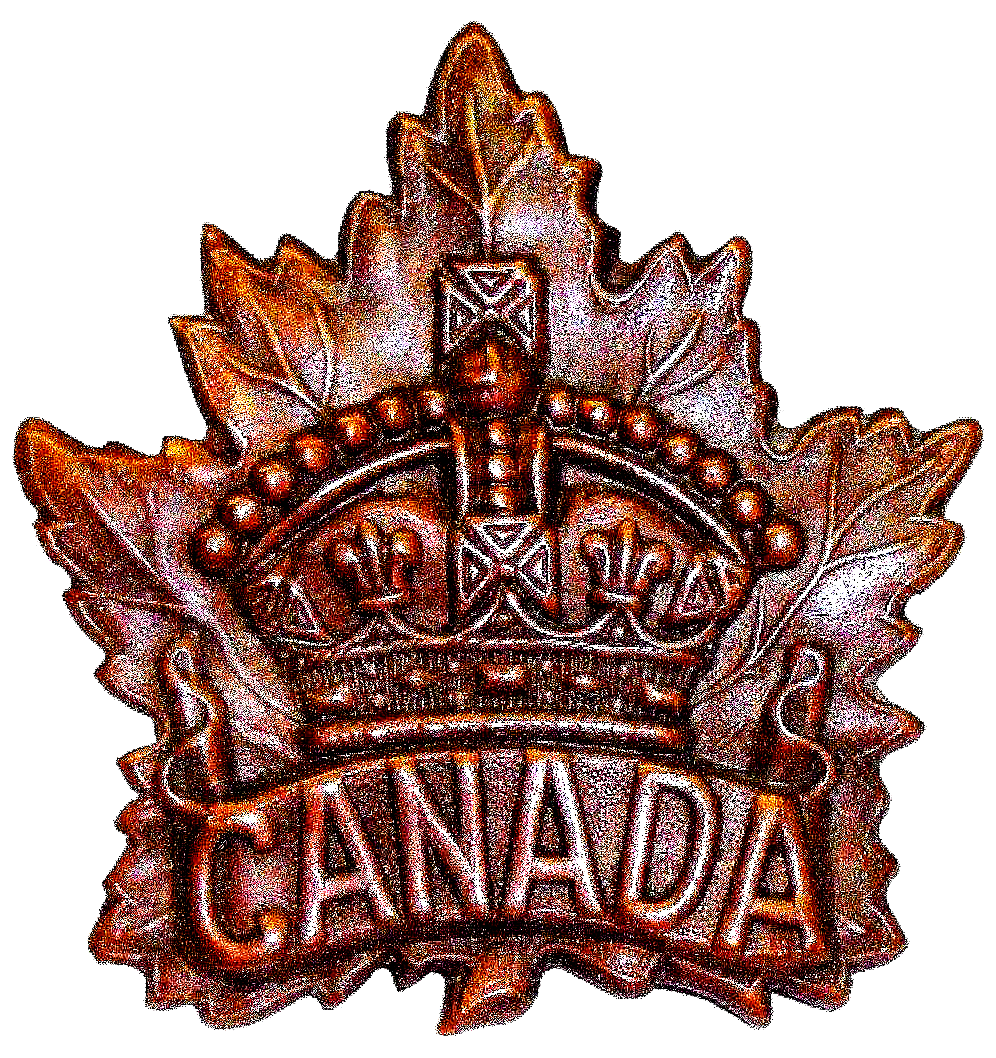
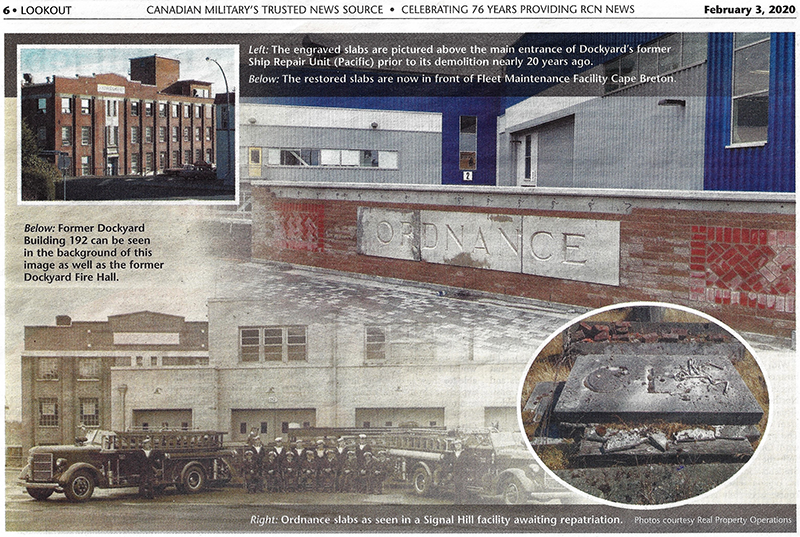
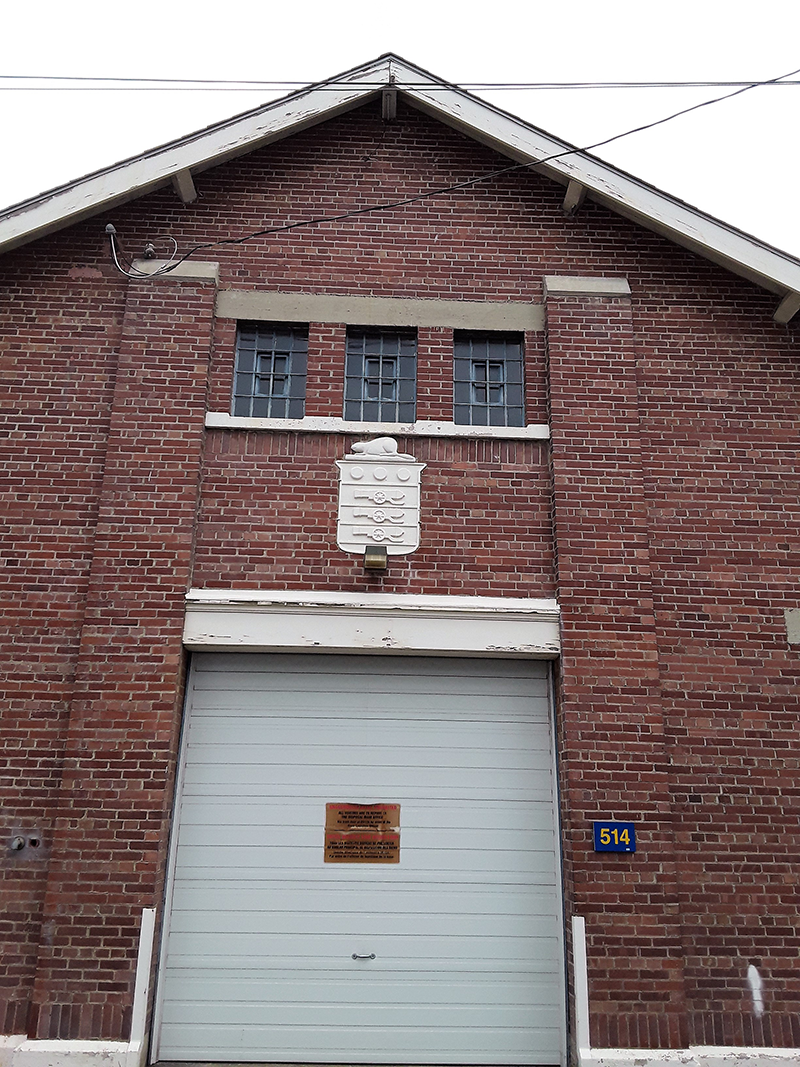
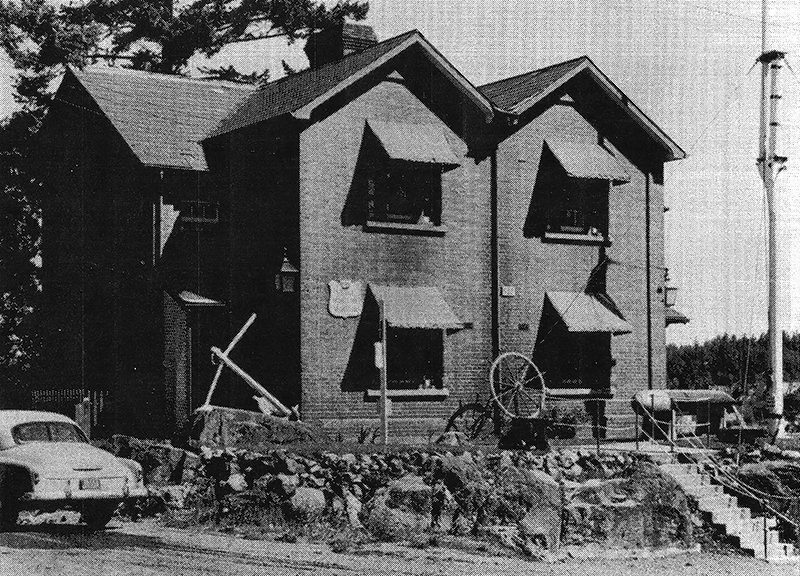
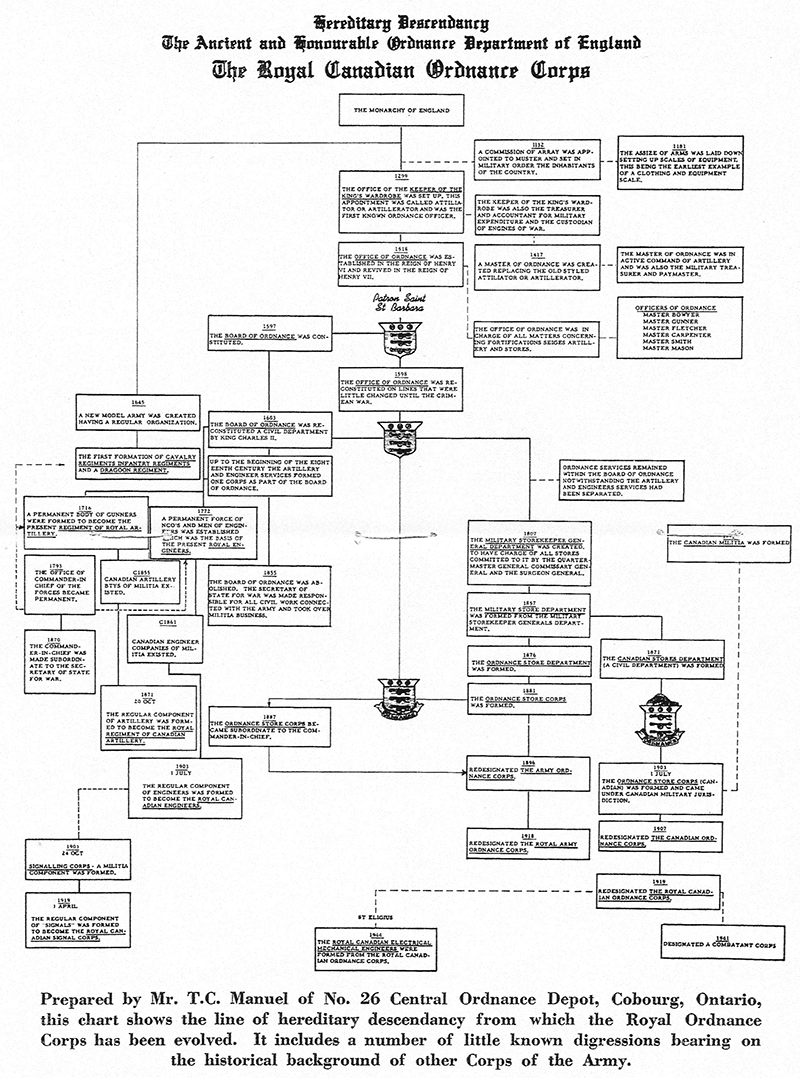
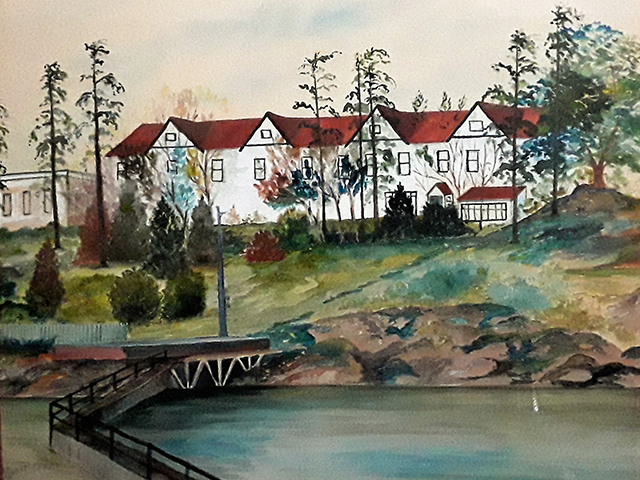
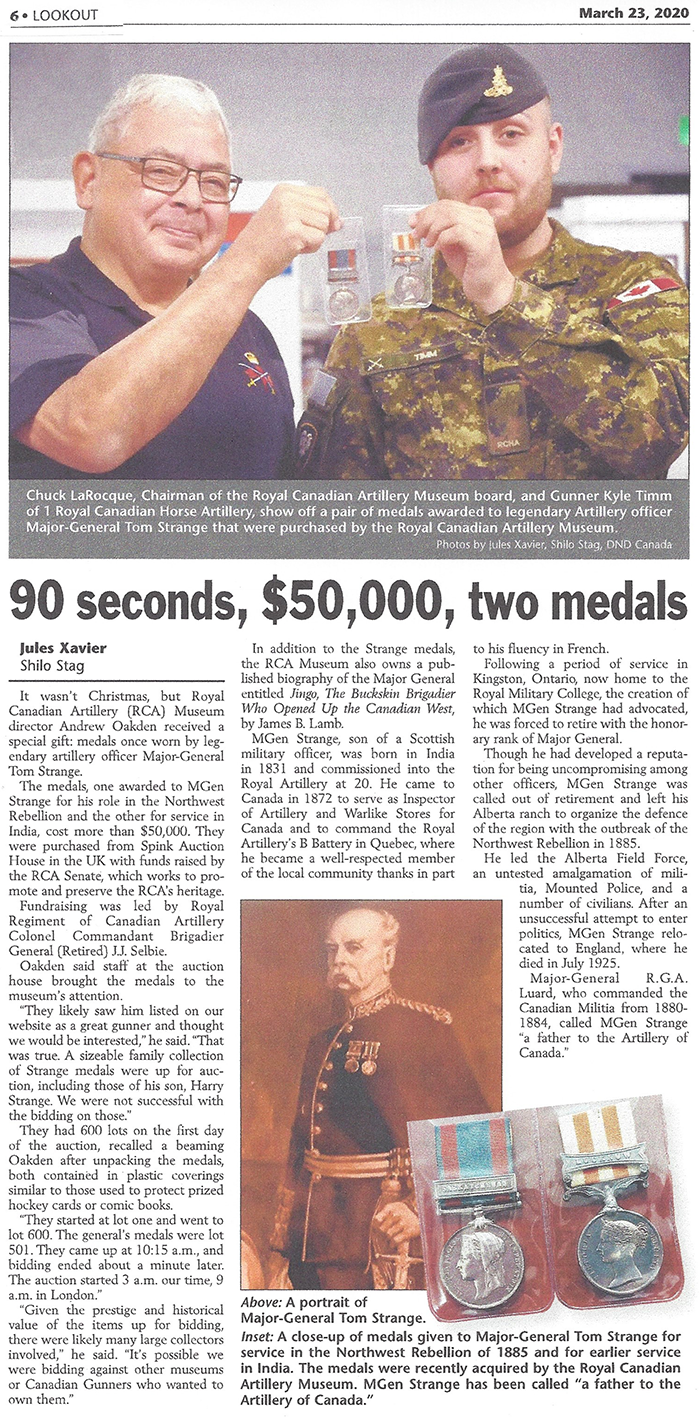
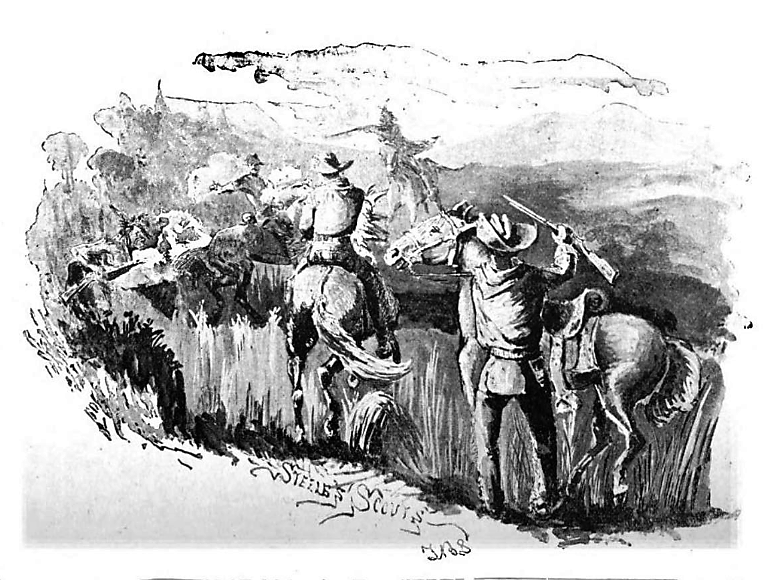
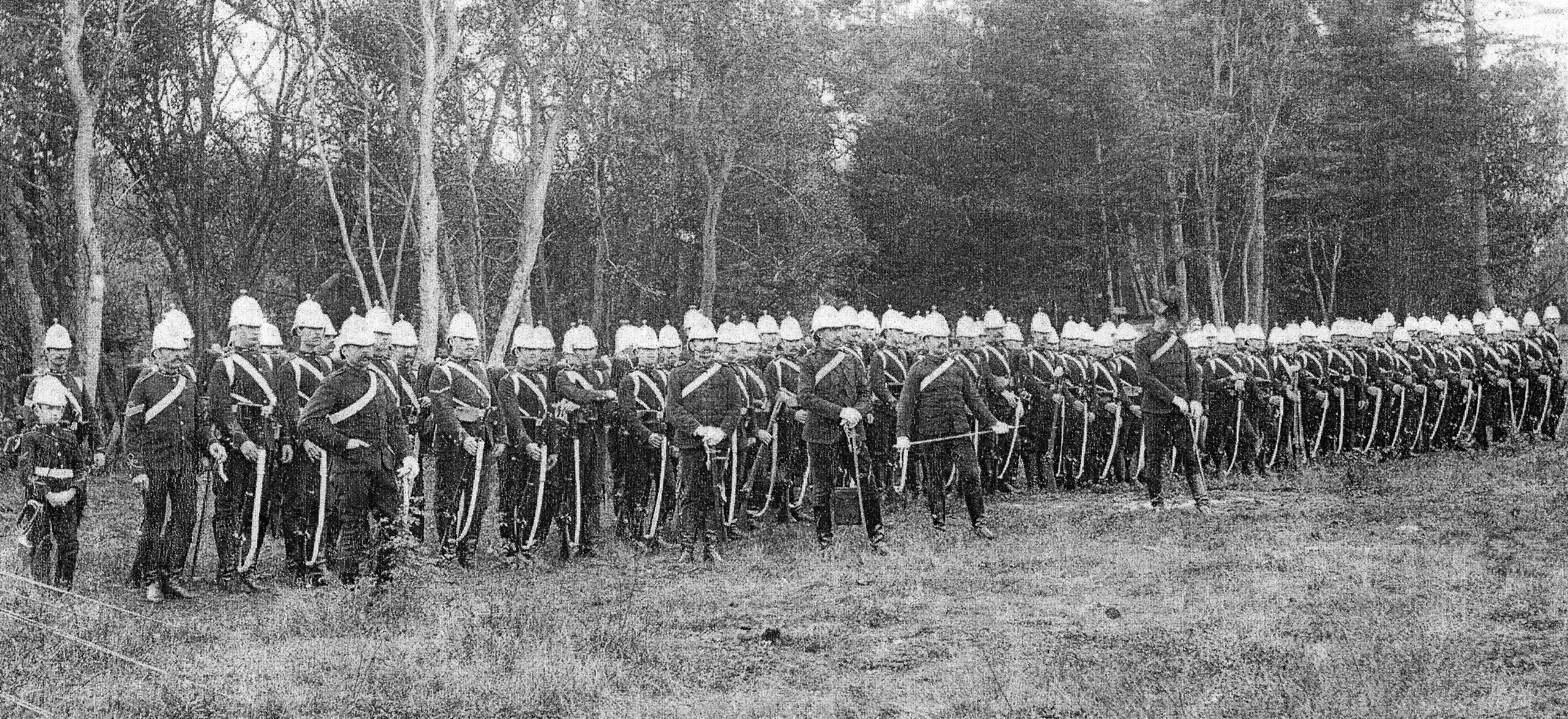
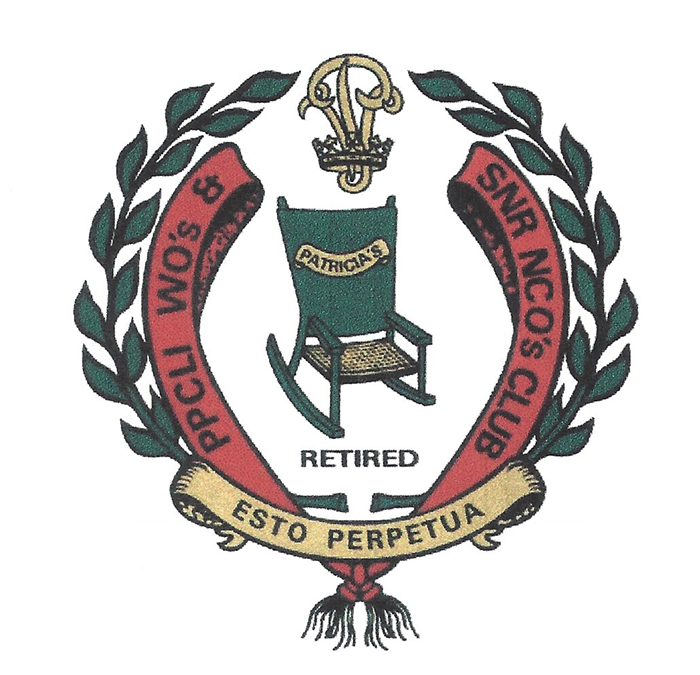
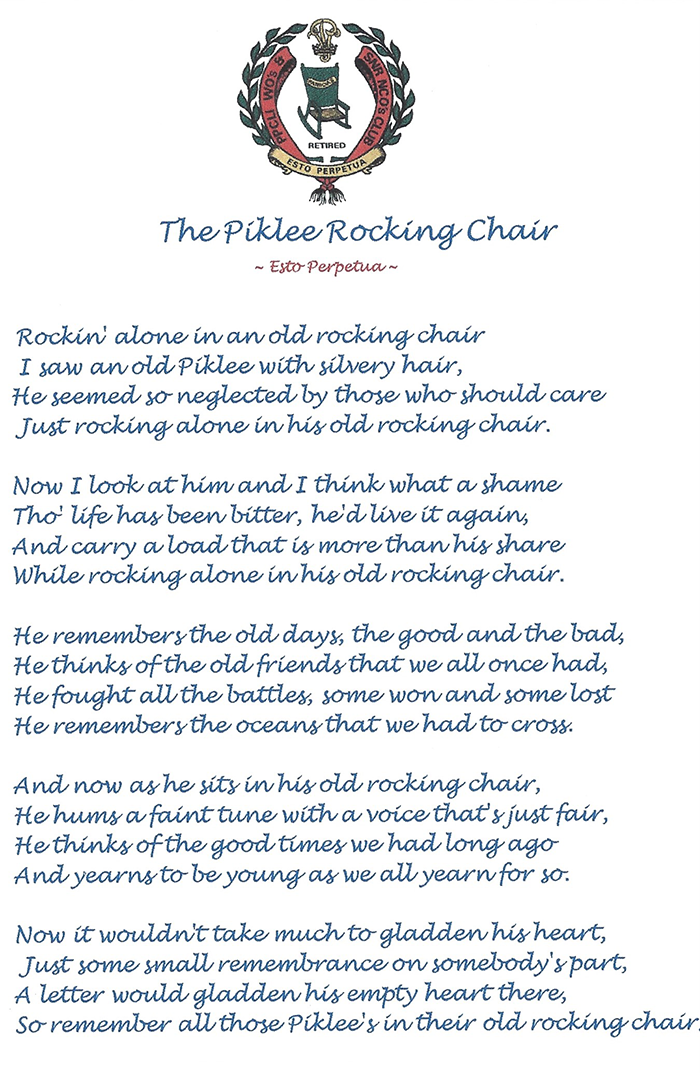
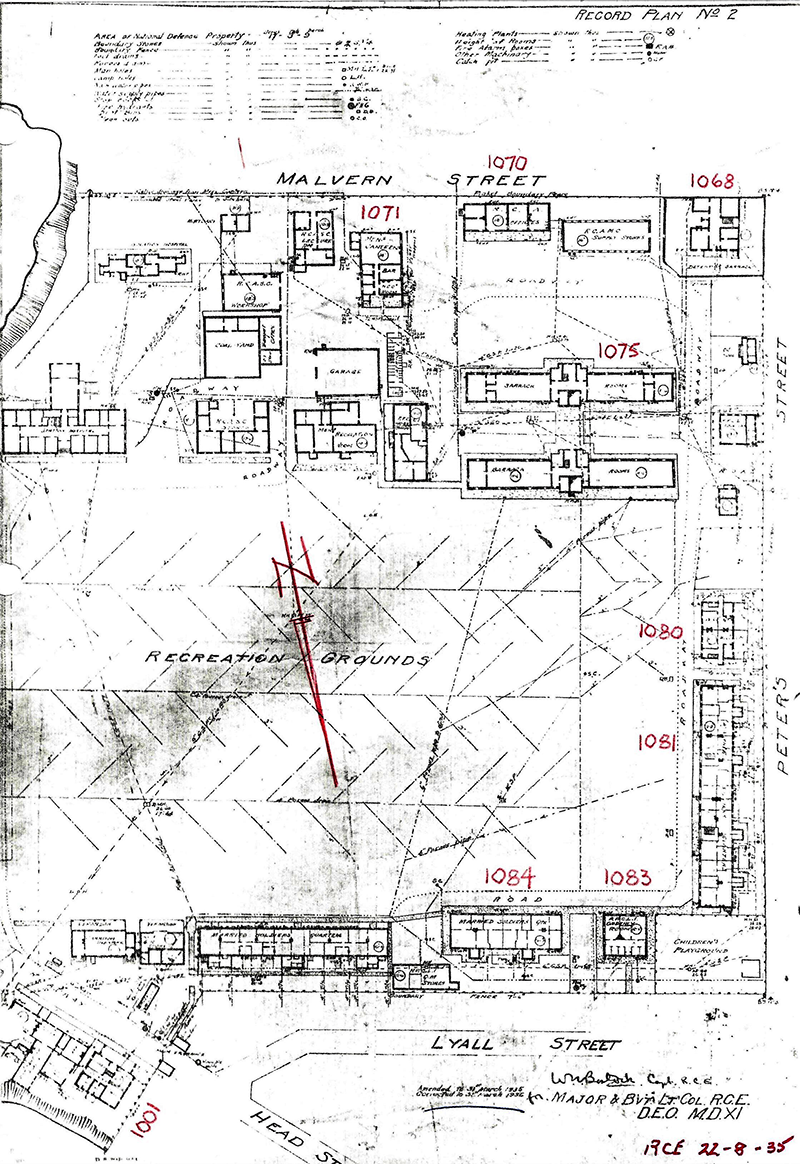
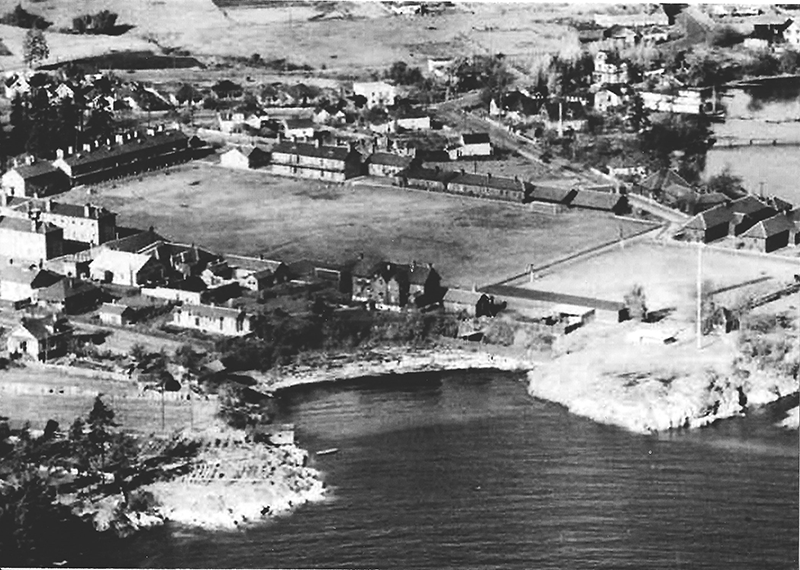
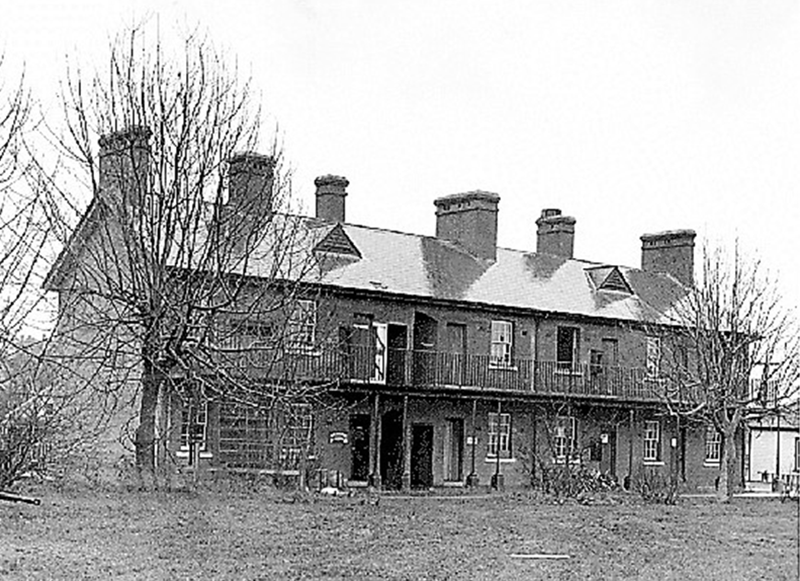
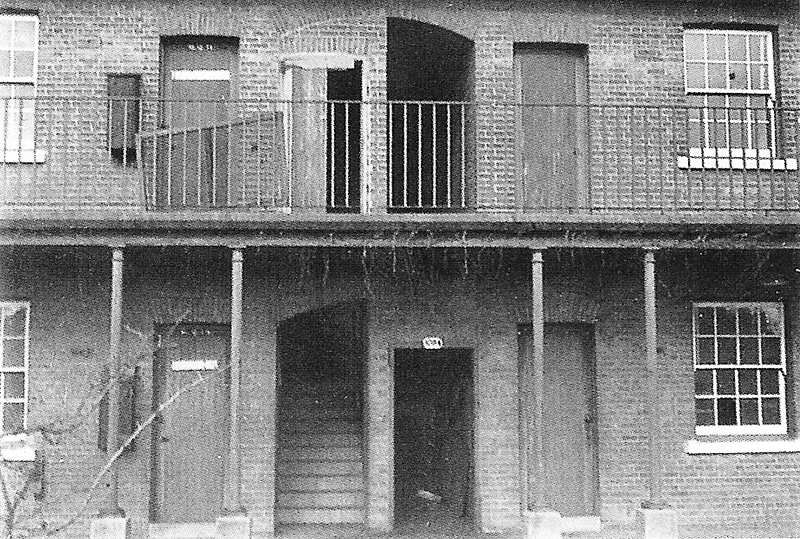
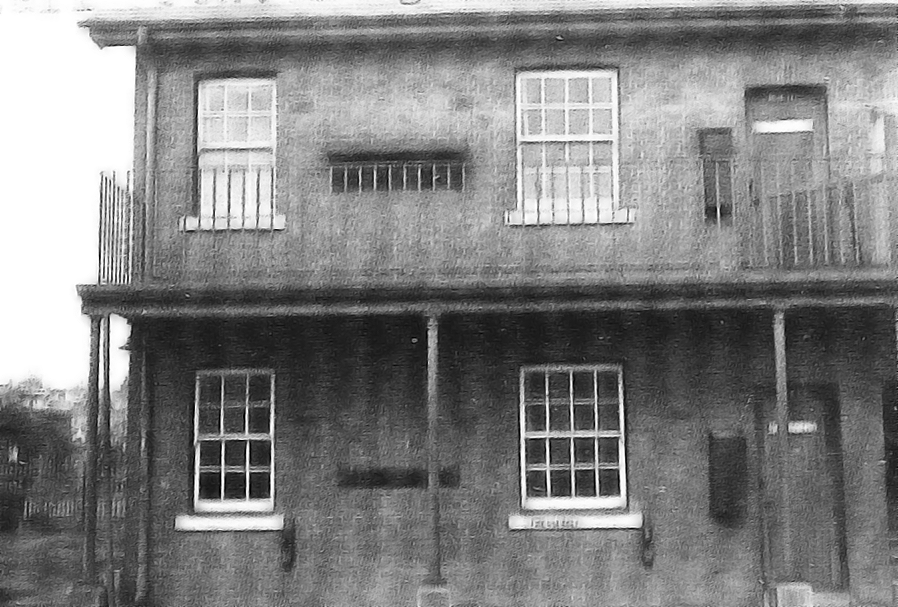
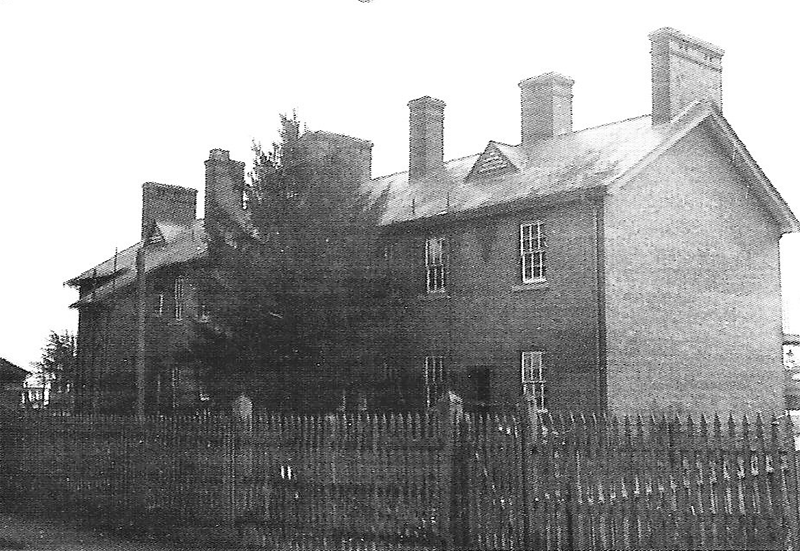
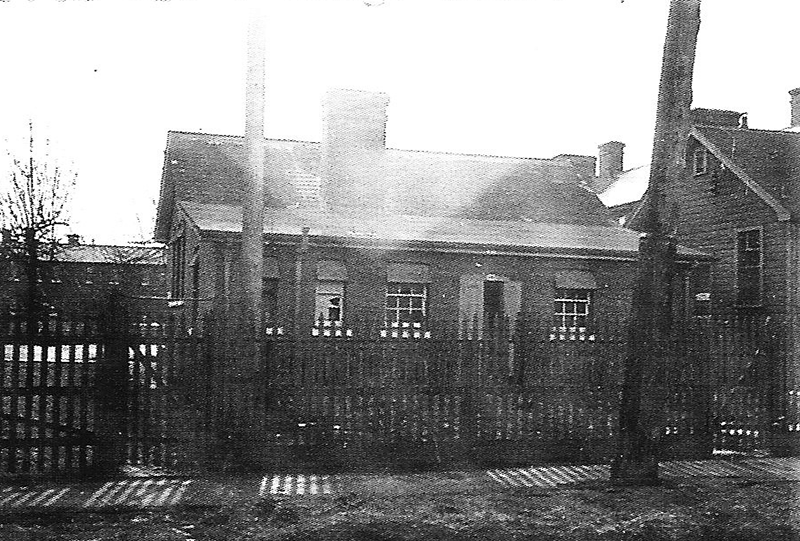
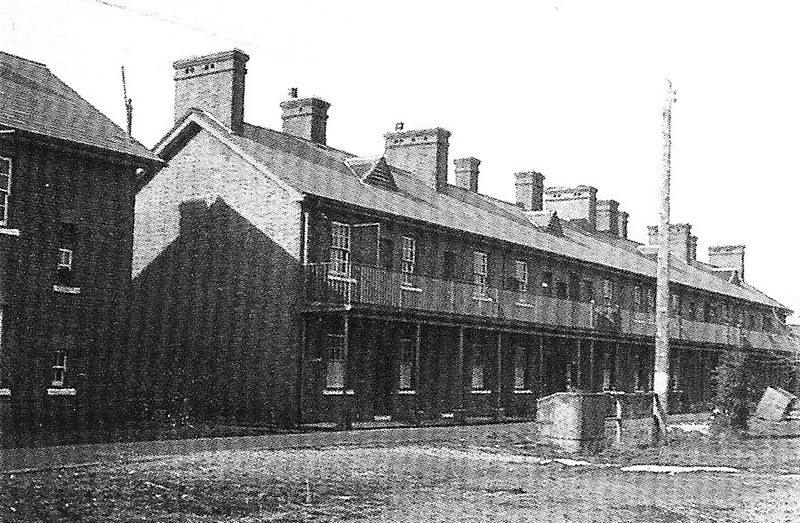
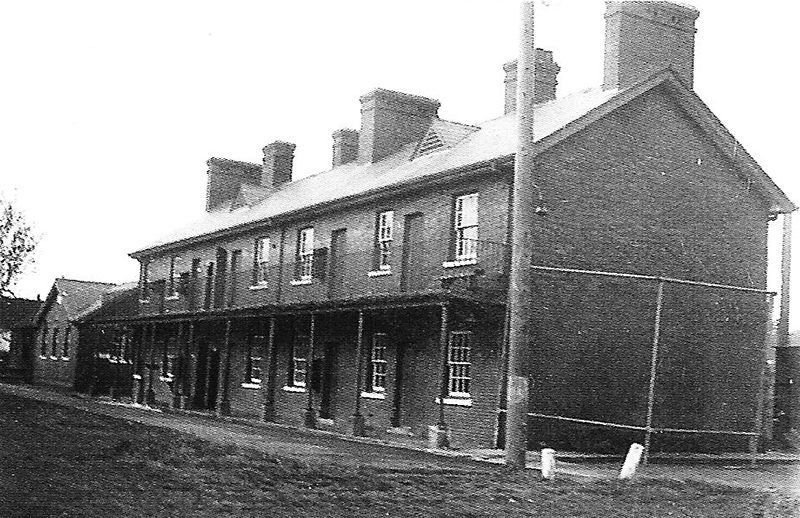
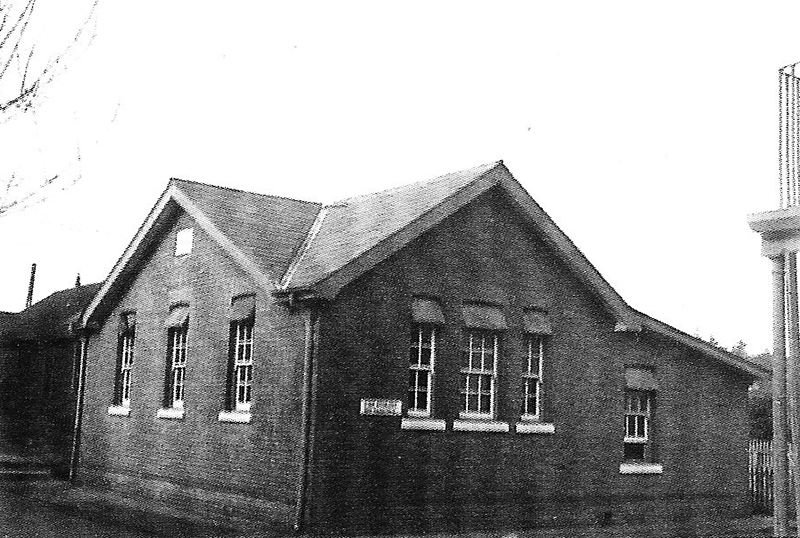
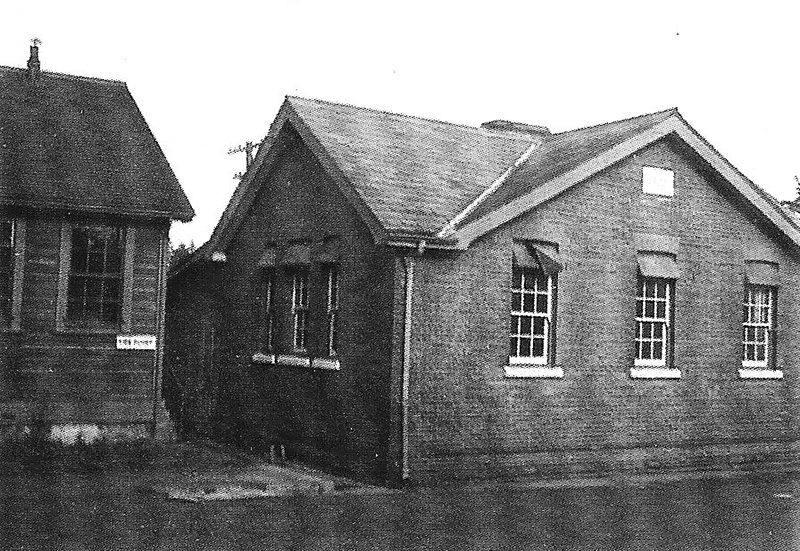
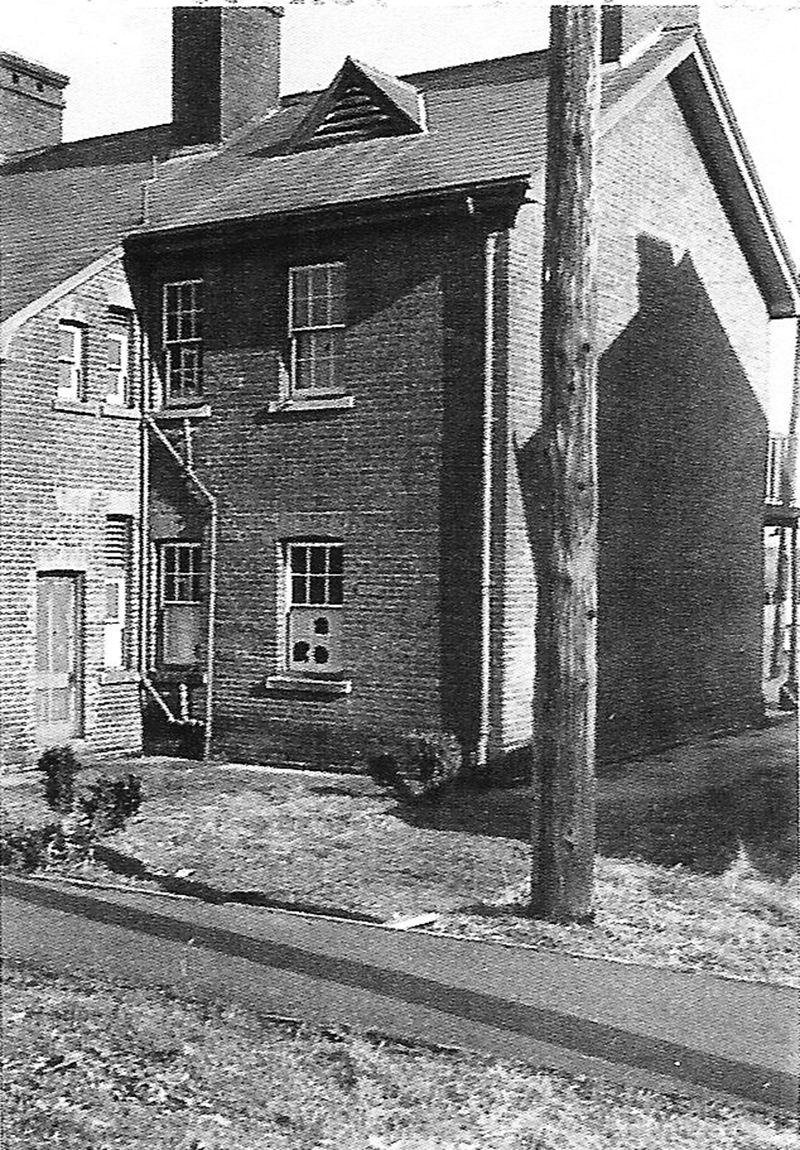
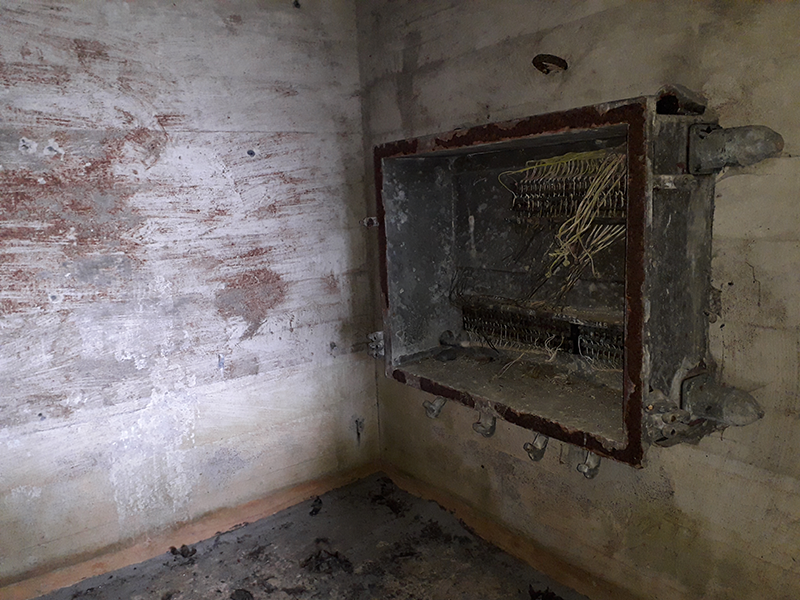
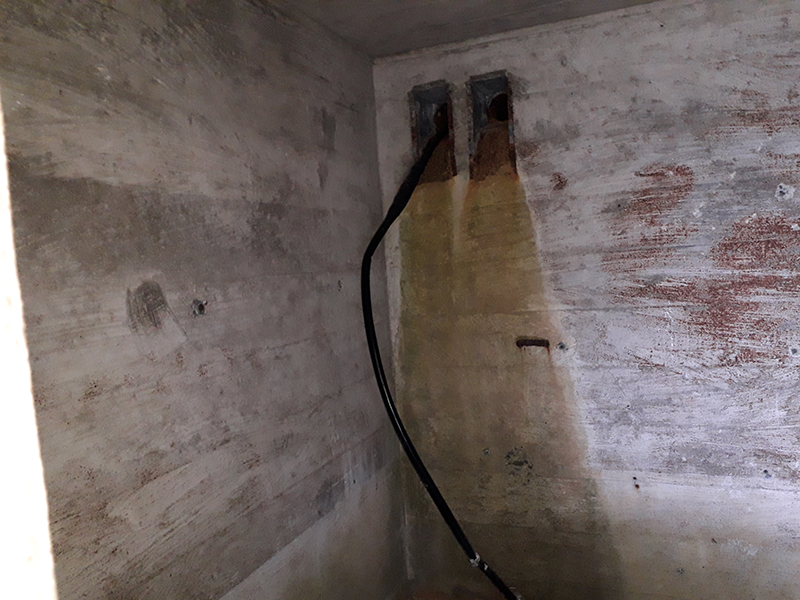
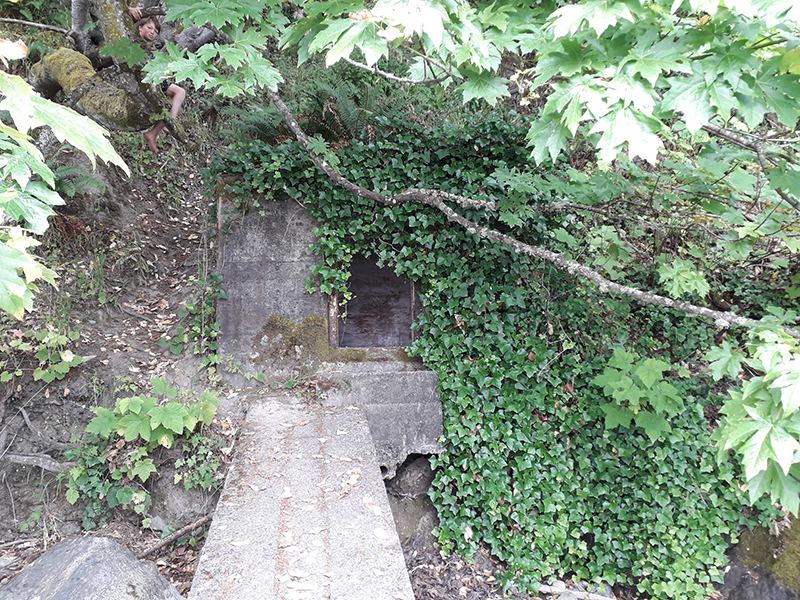
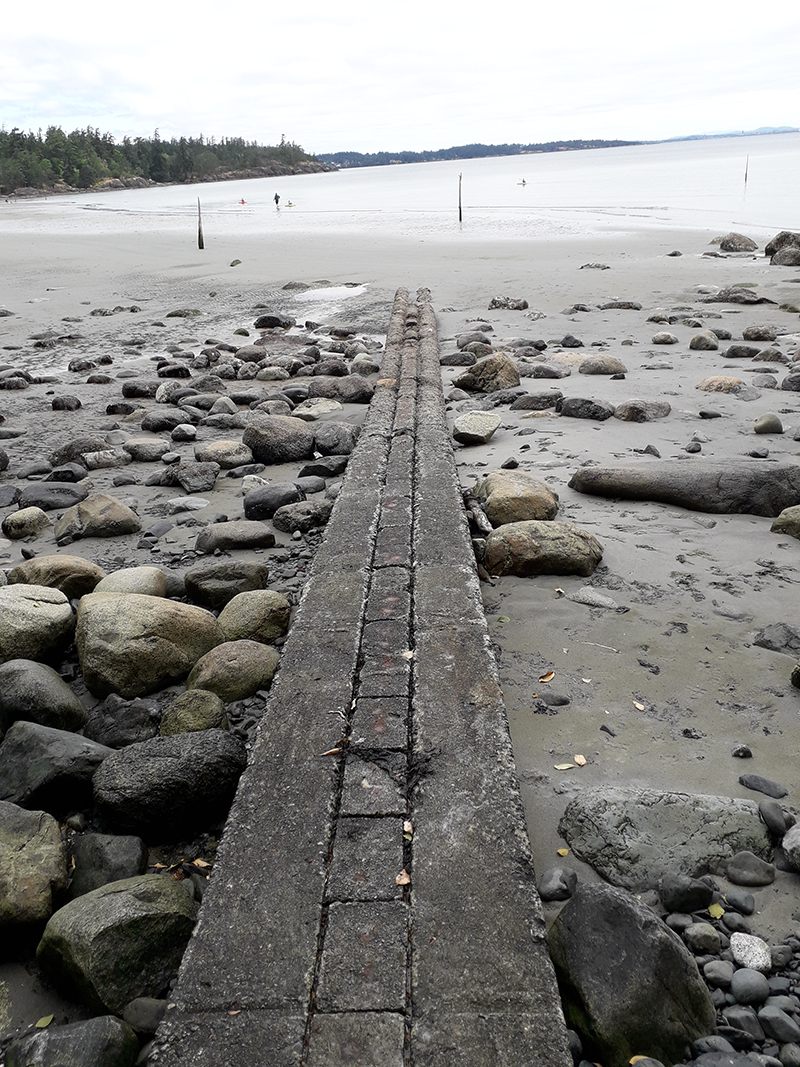
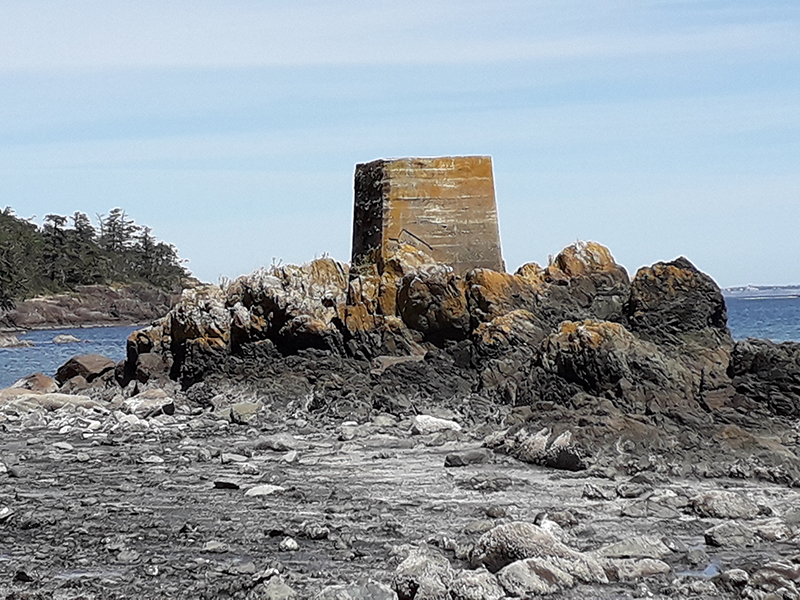
-Cable-Hut-1.png)
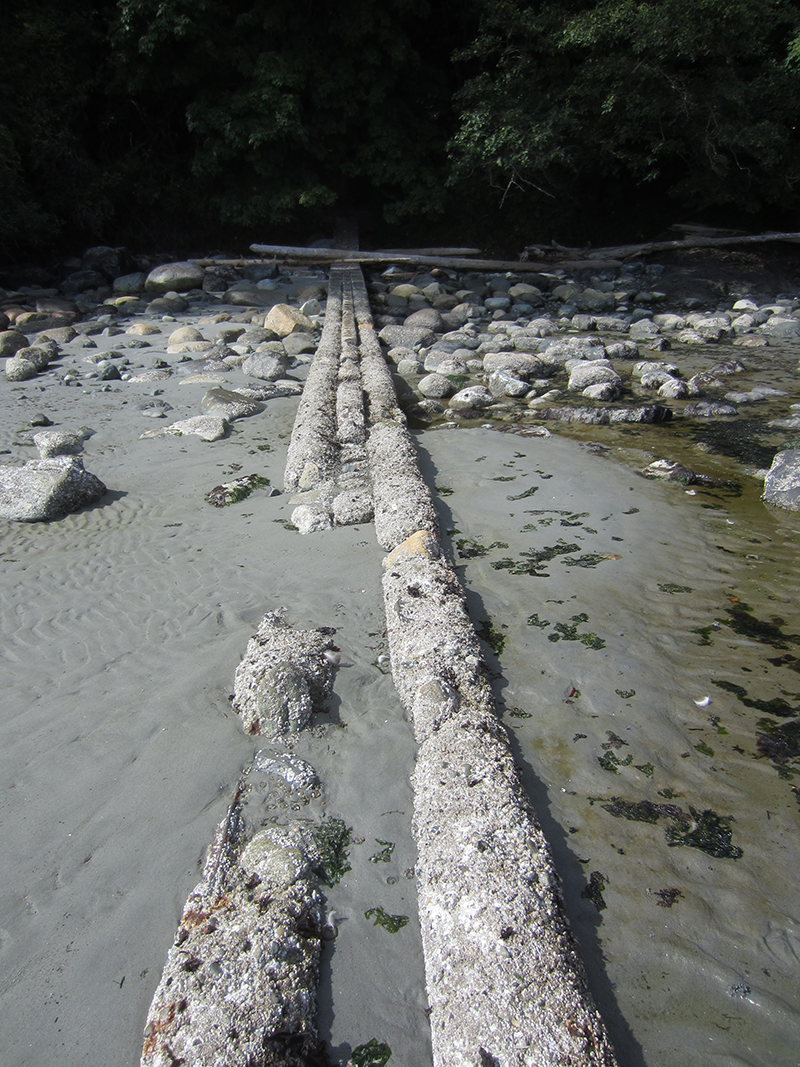
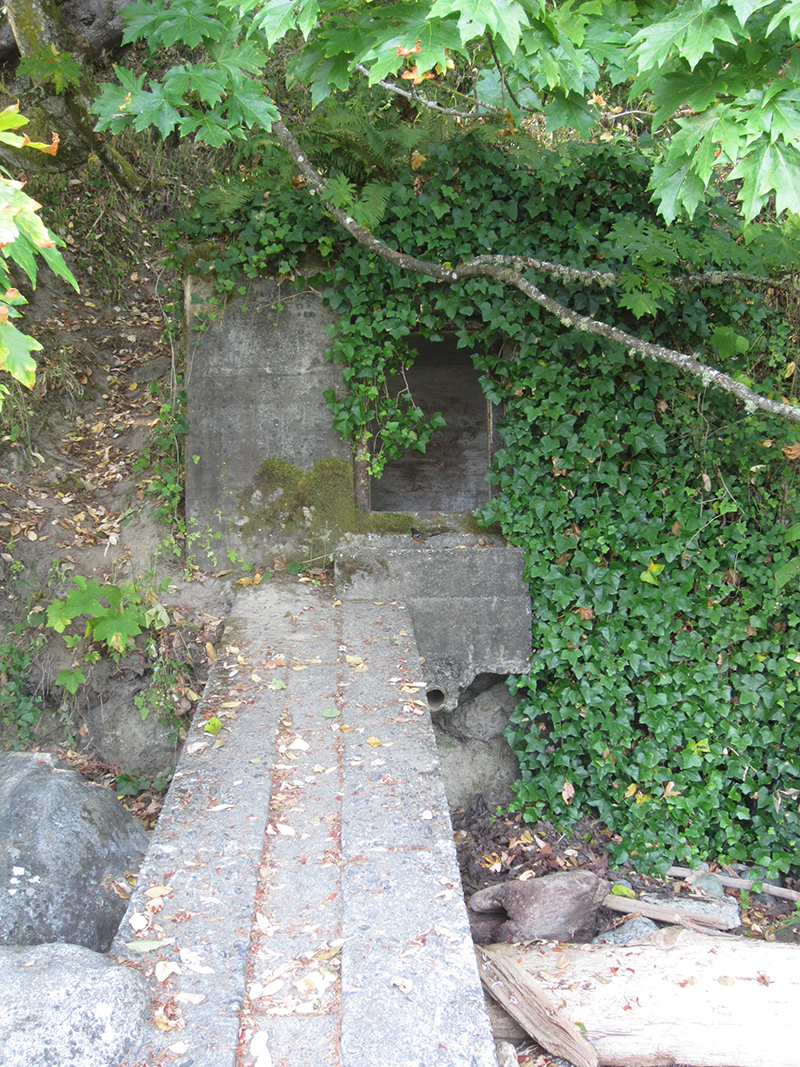
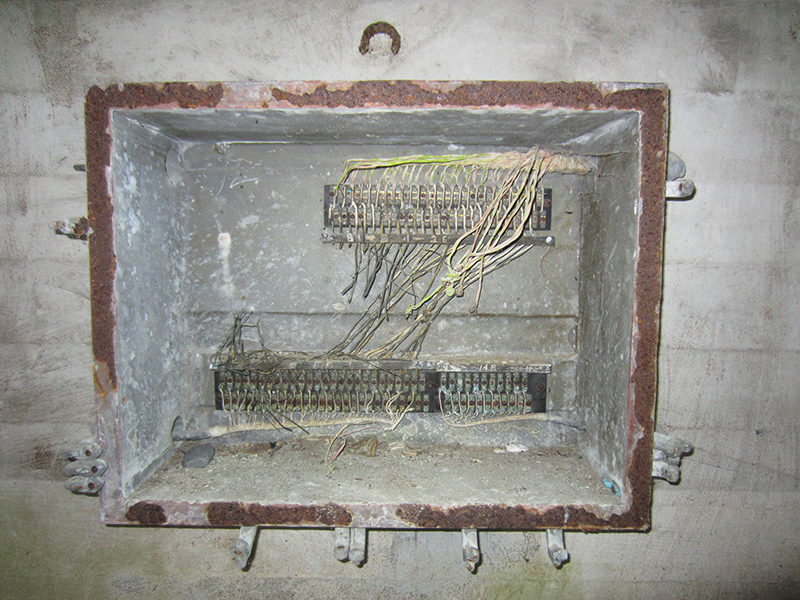
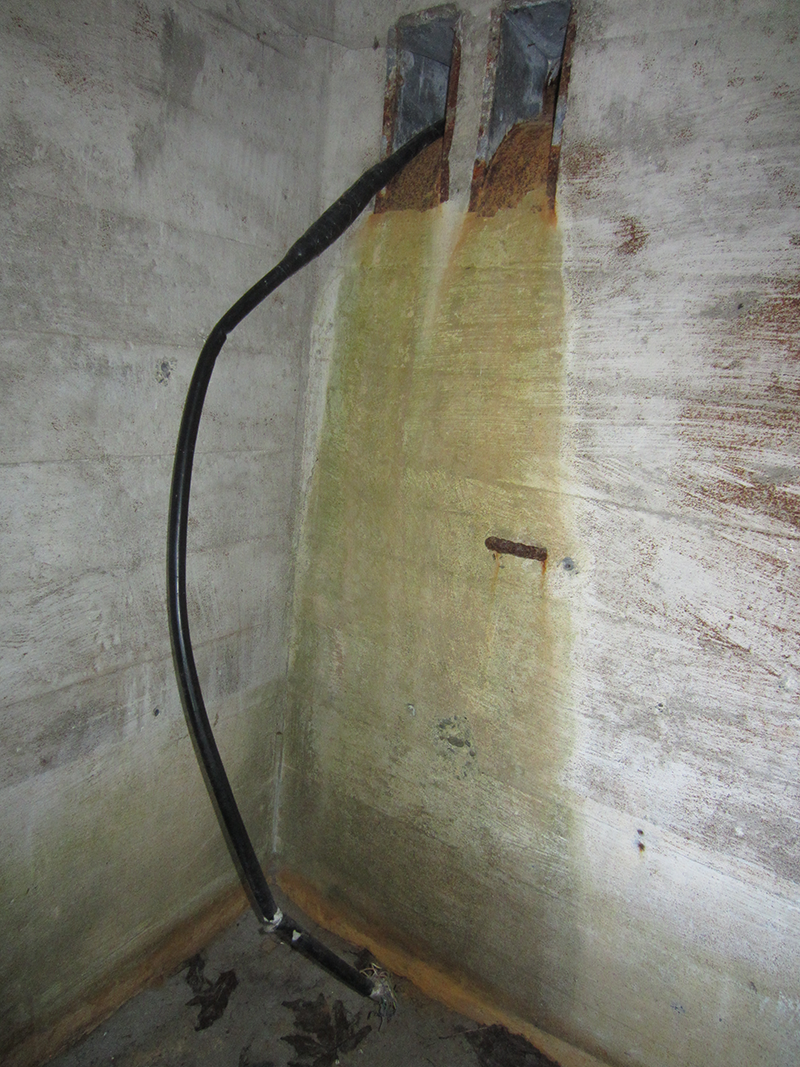
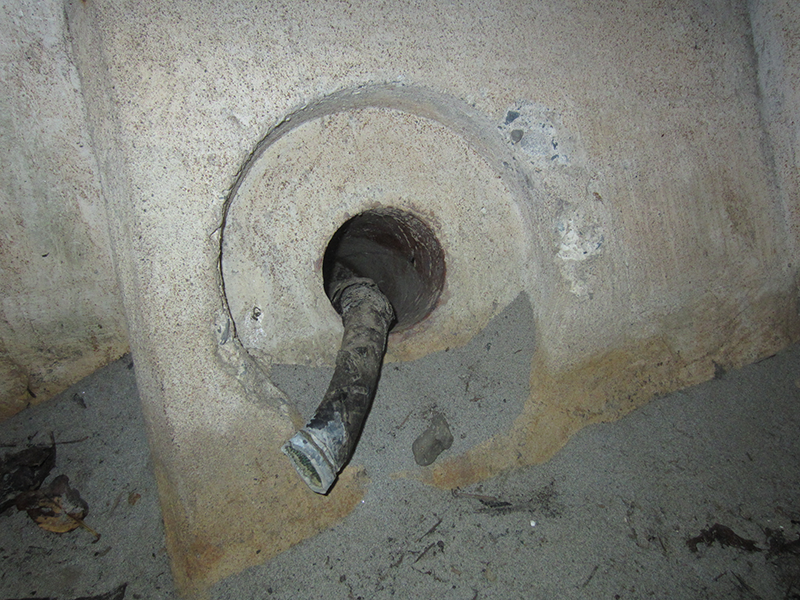
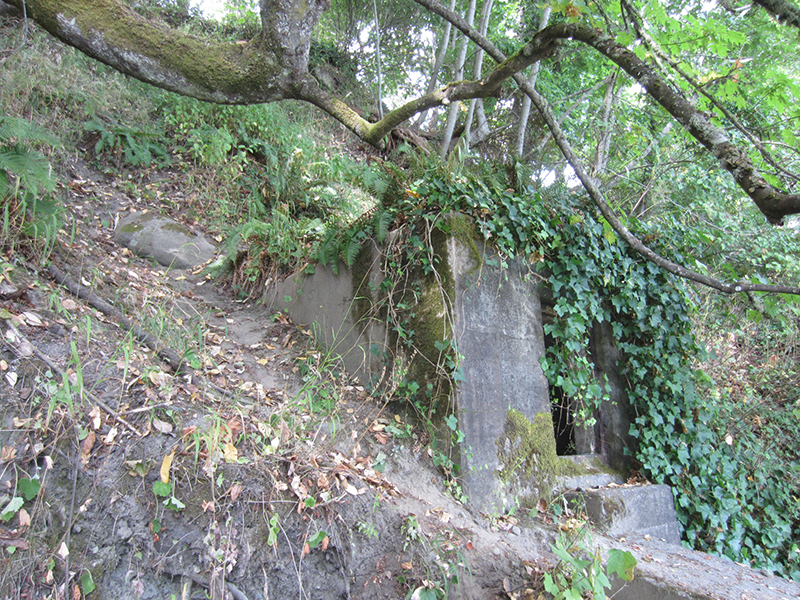
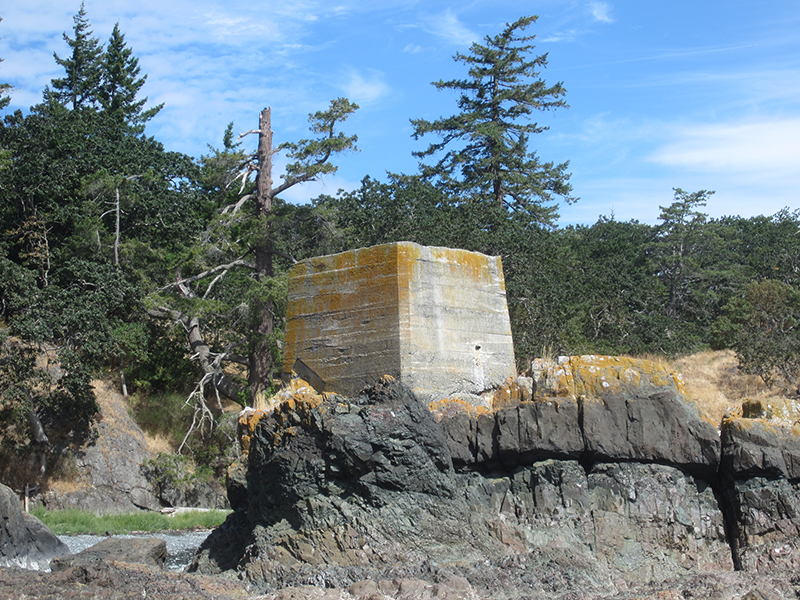
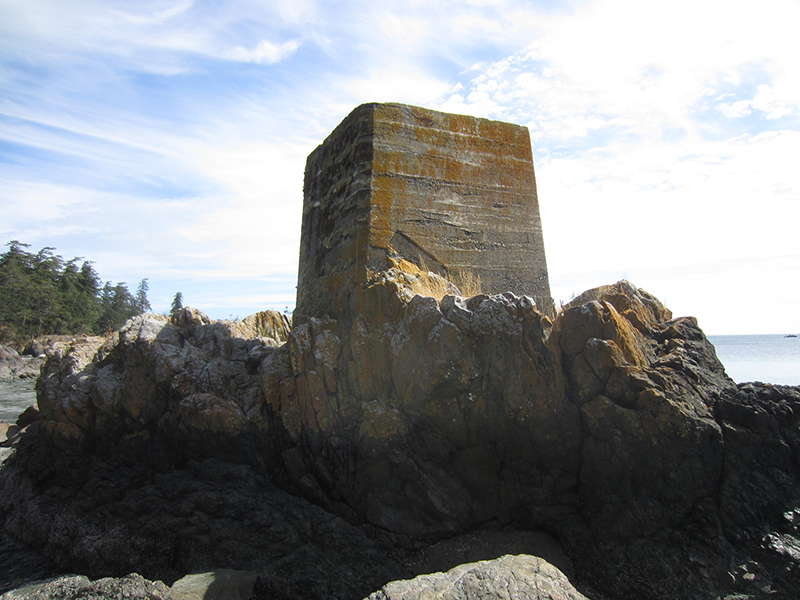
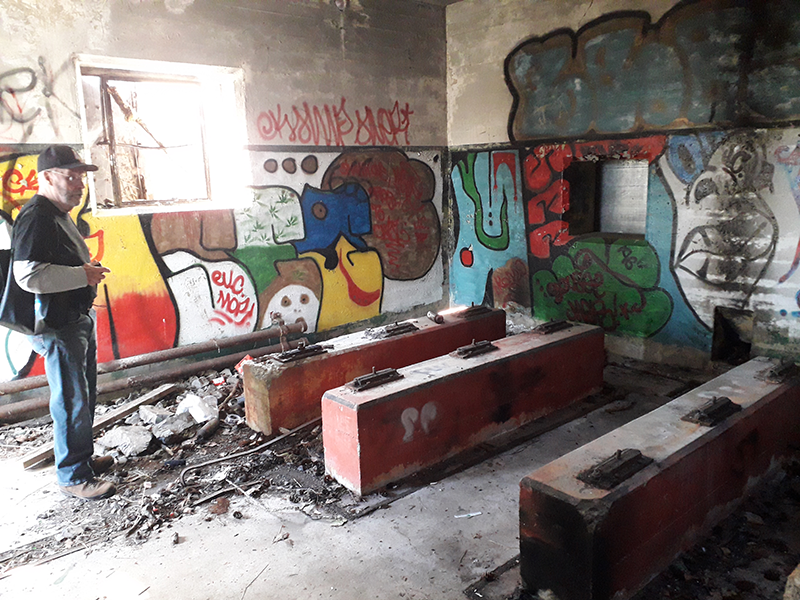
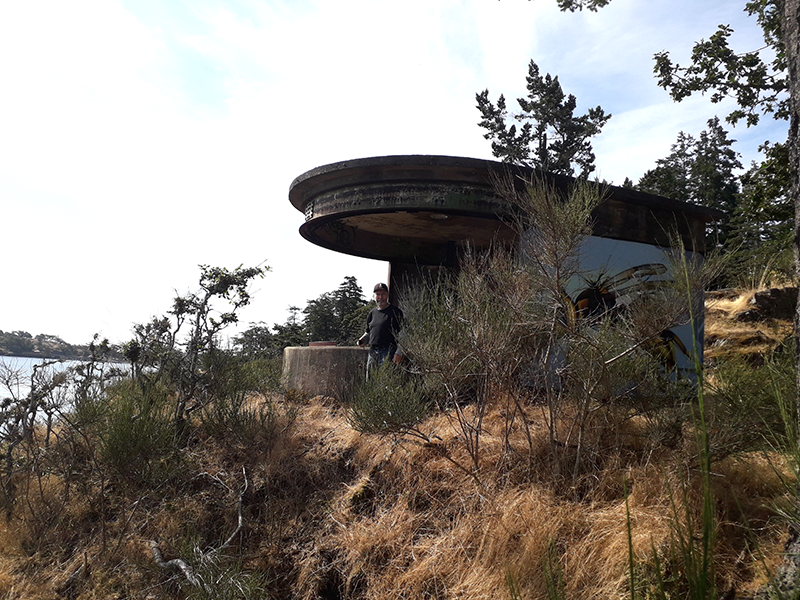
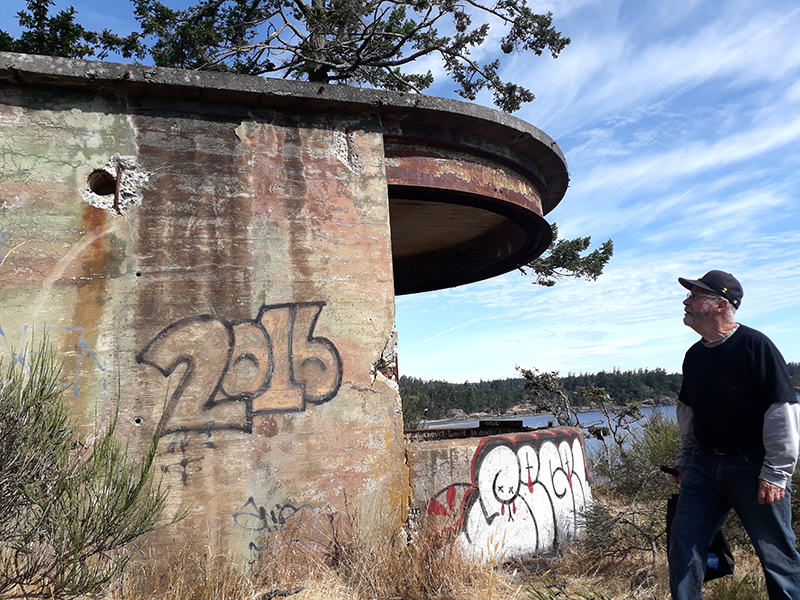
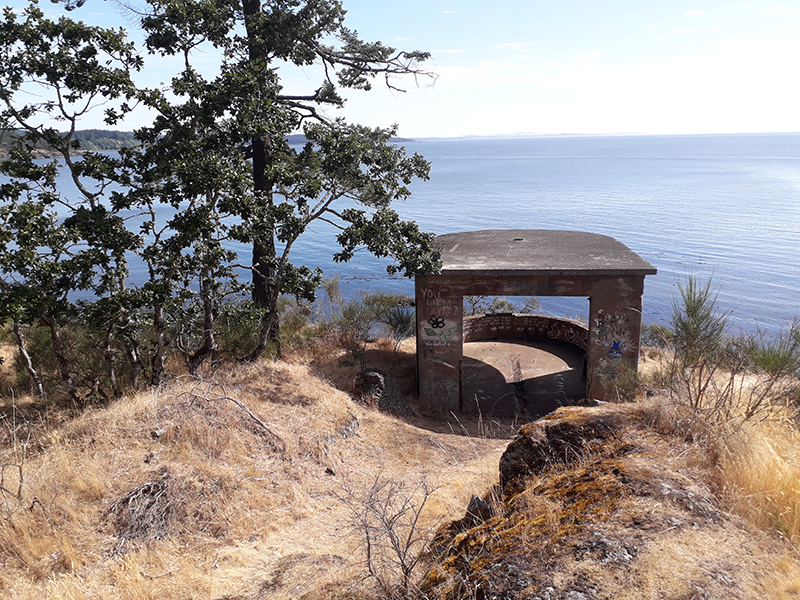
-Searchlight-4.png)
-Power-House-1.png)
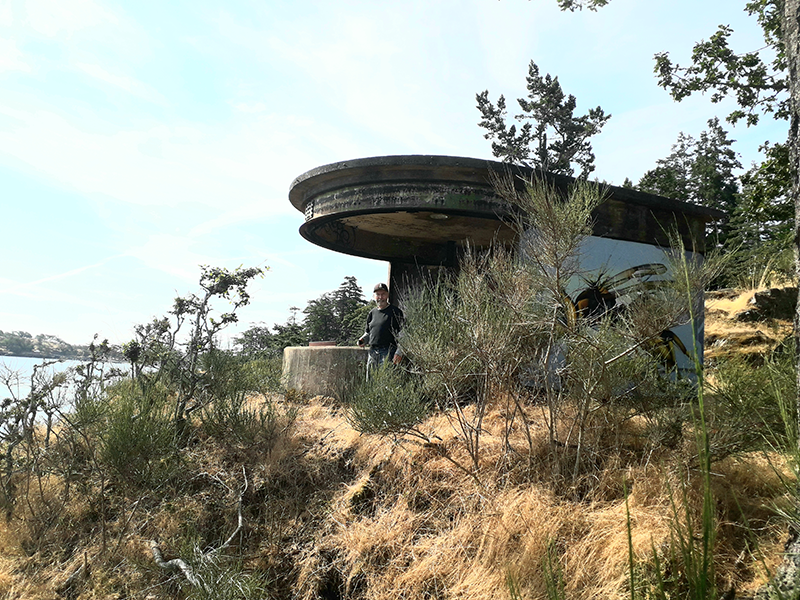
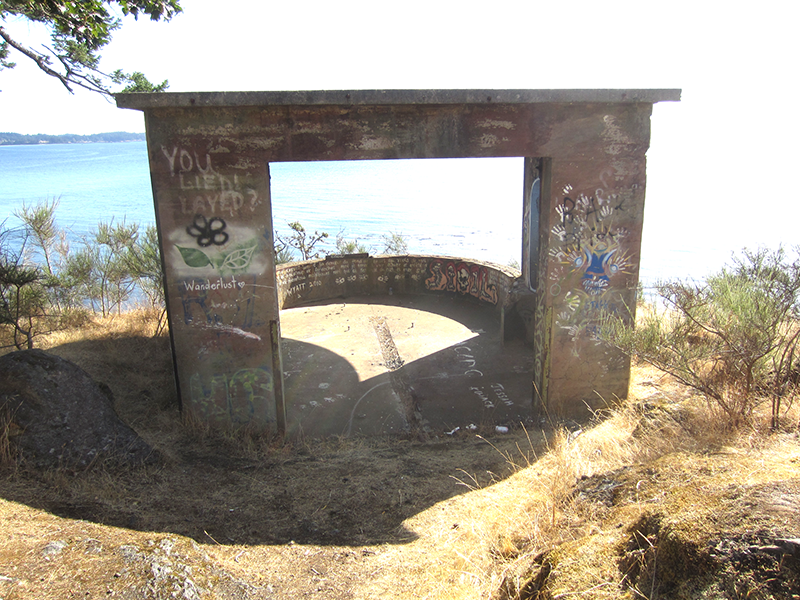
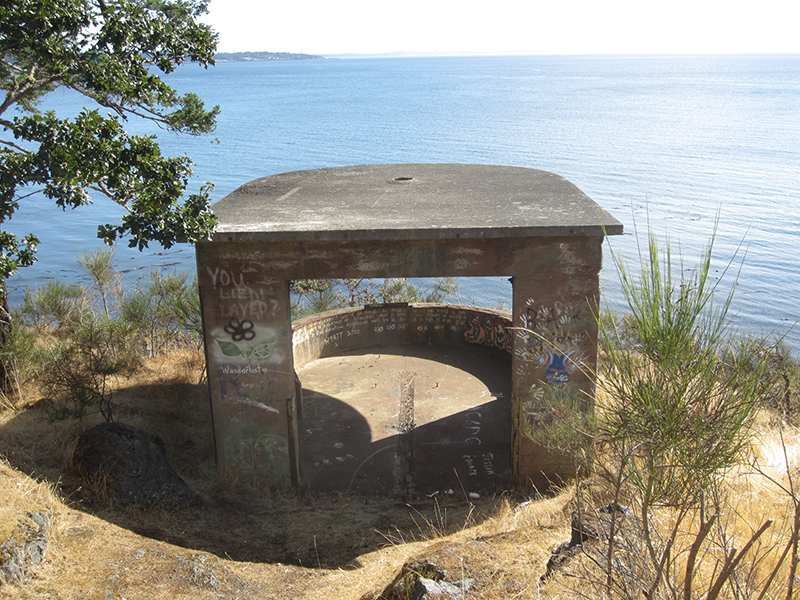
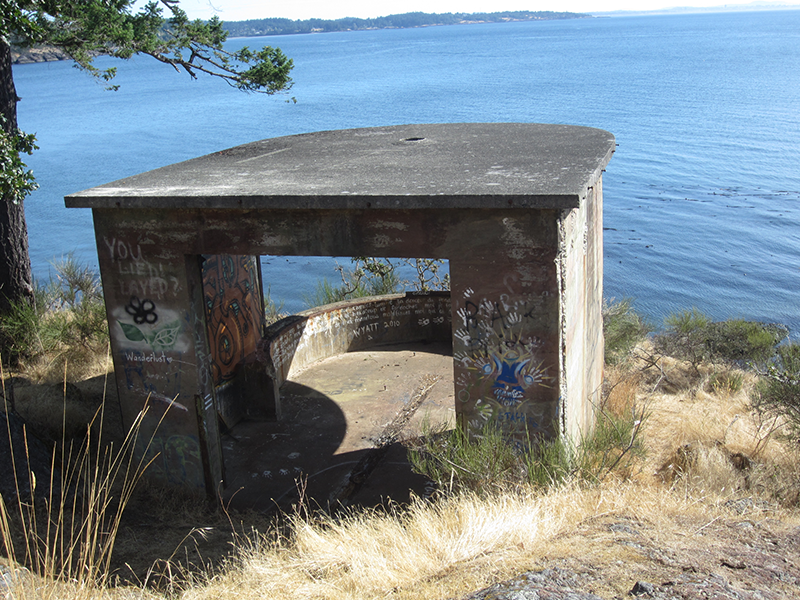
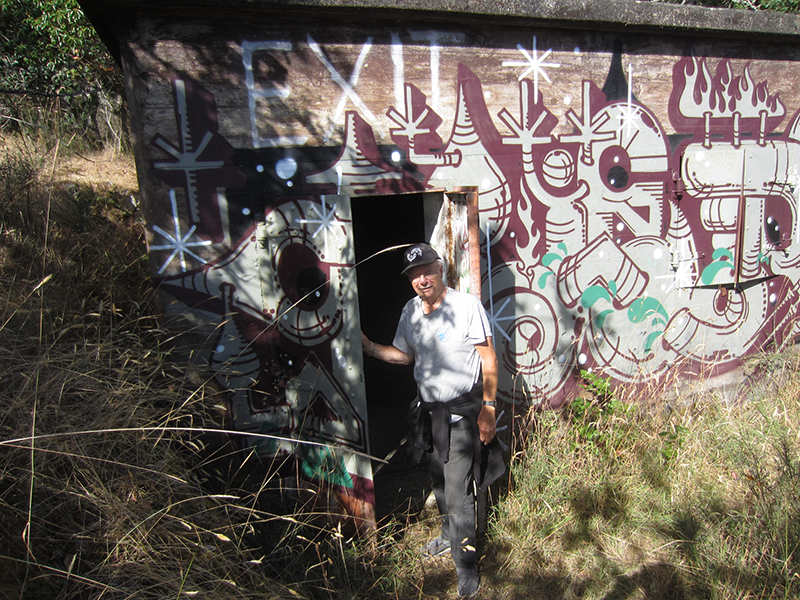
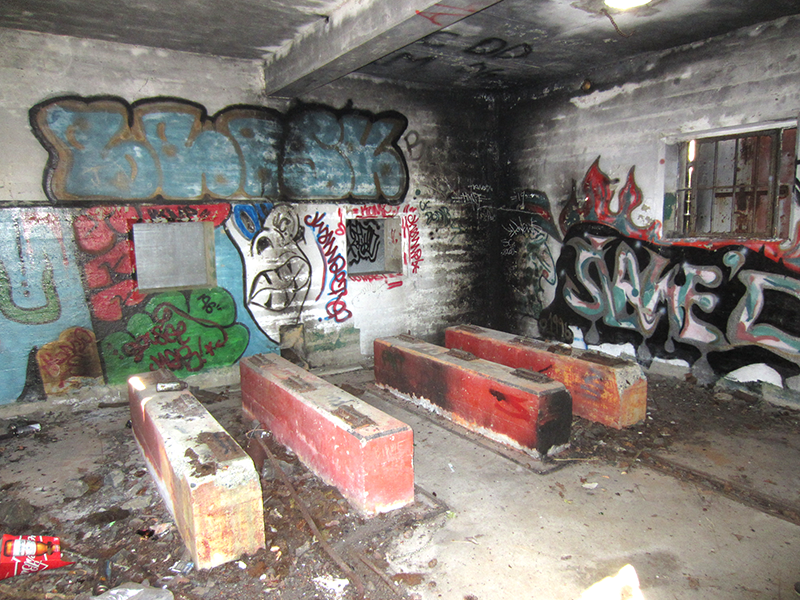
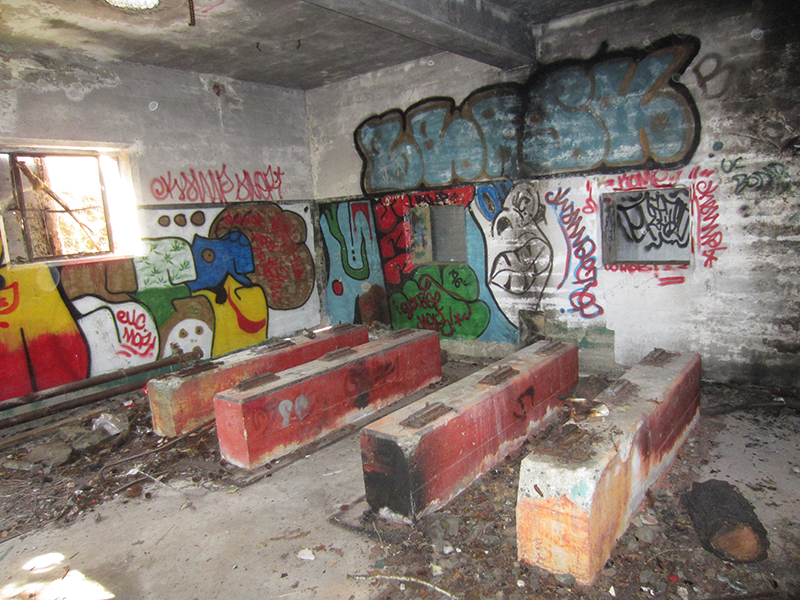
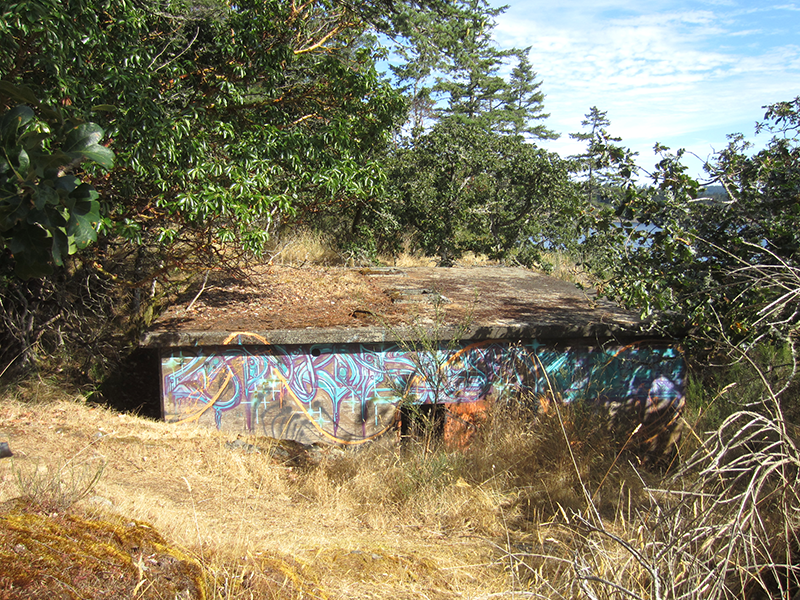
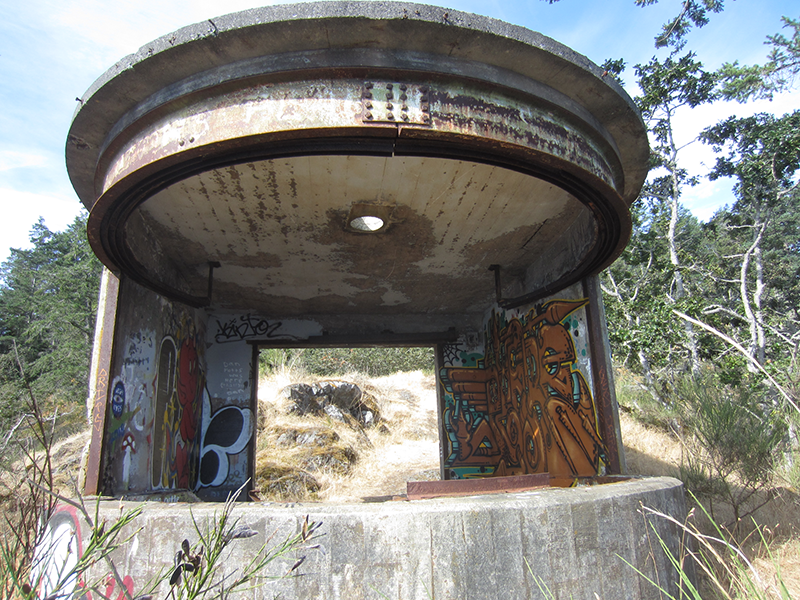
.png)
.png)
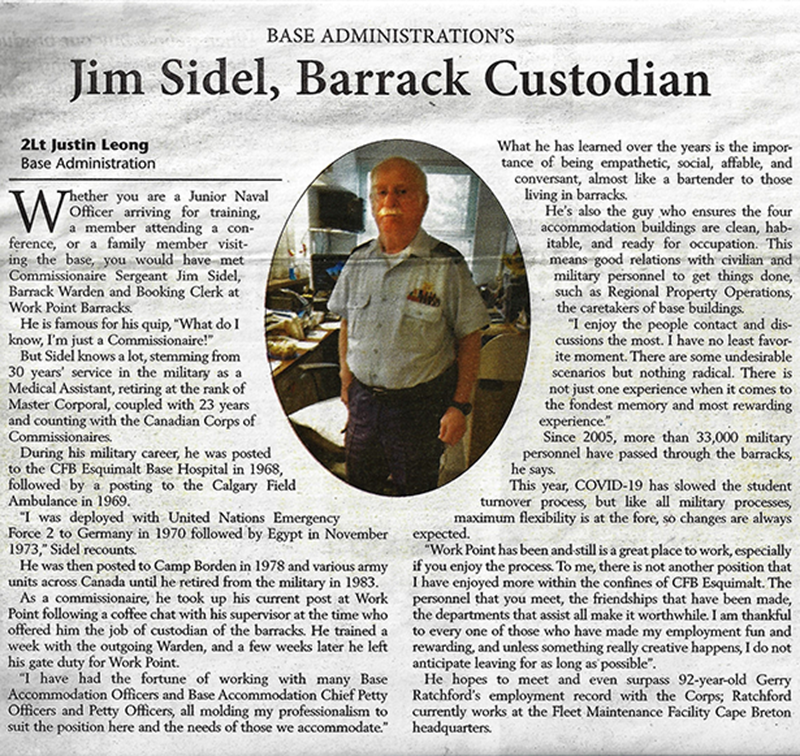

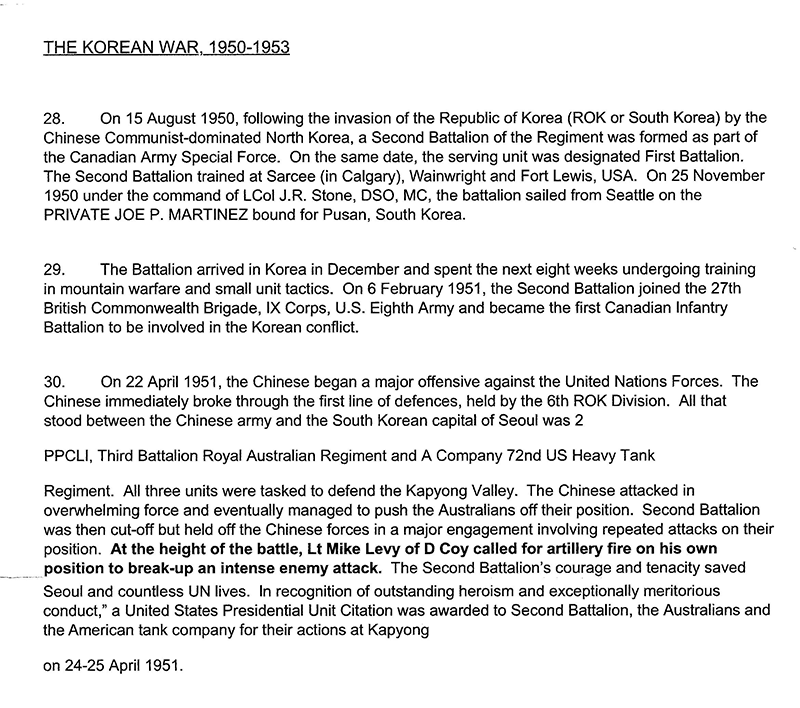
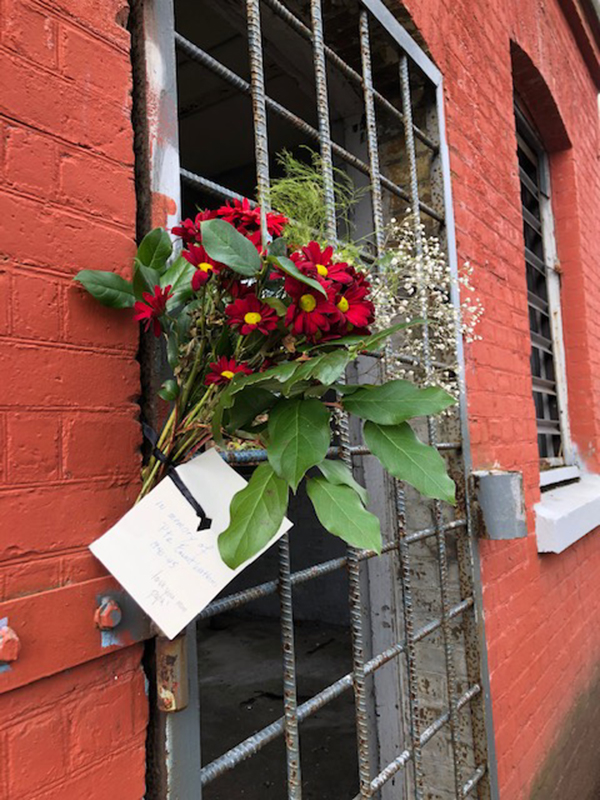
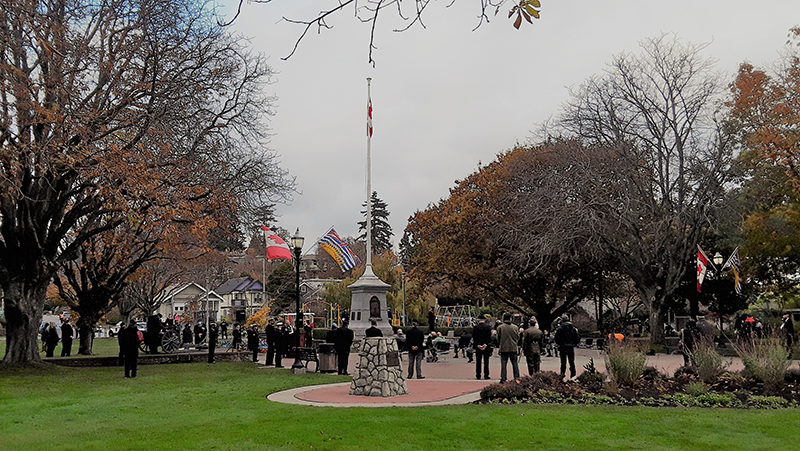
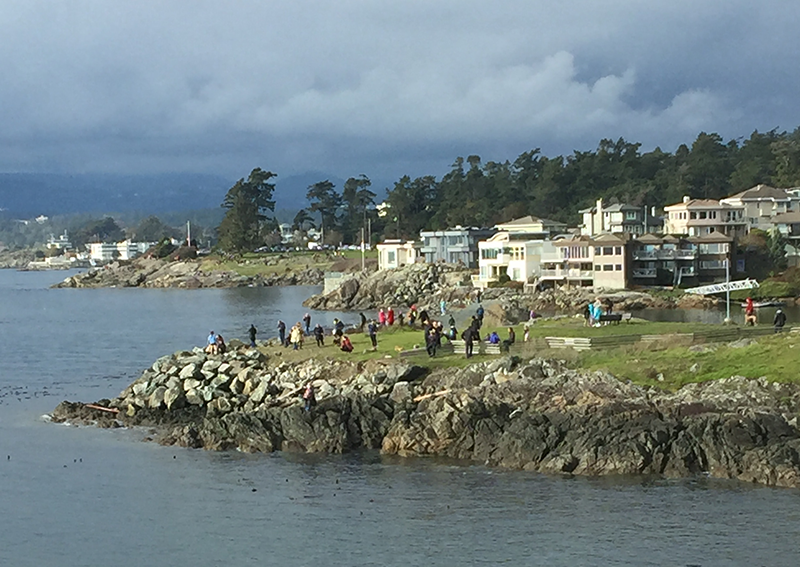
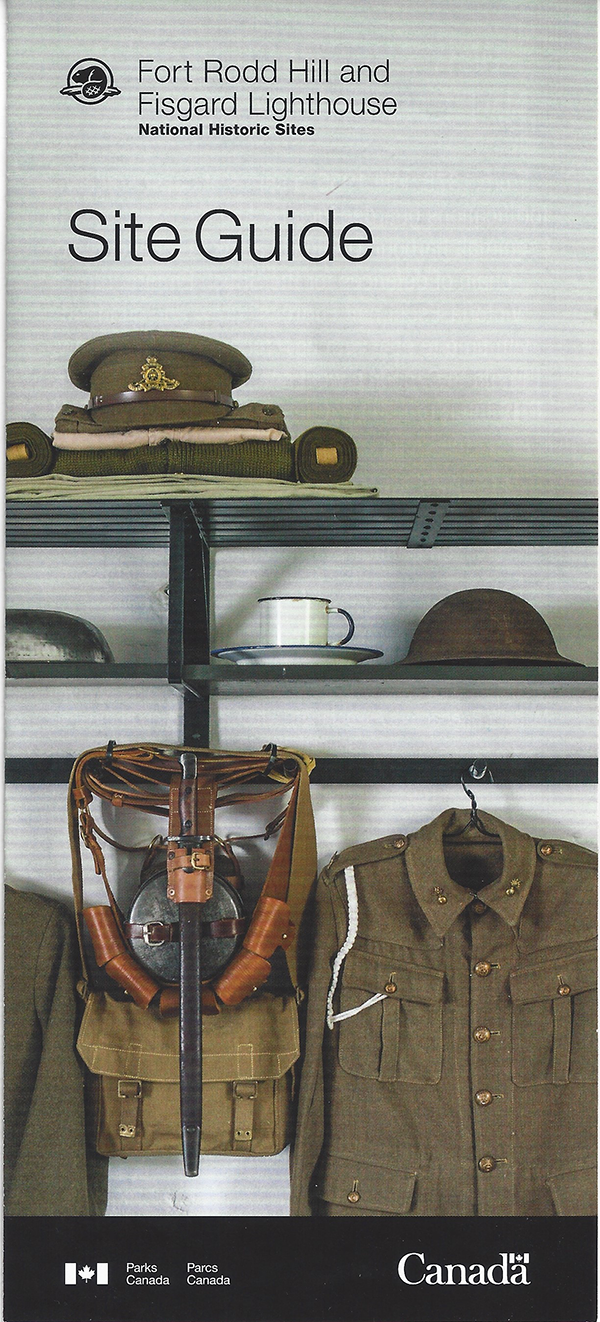
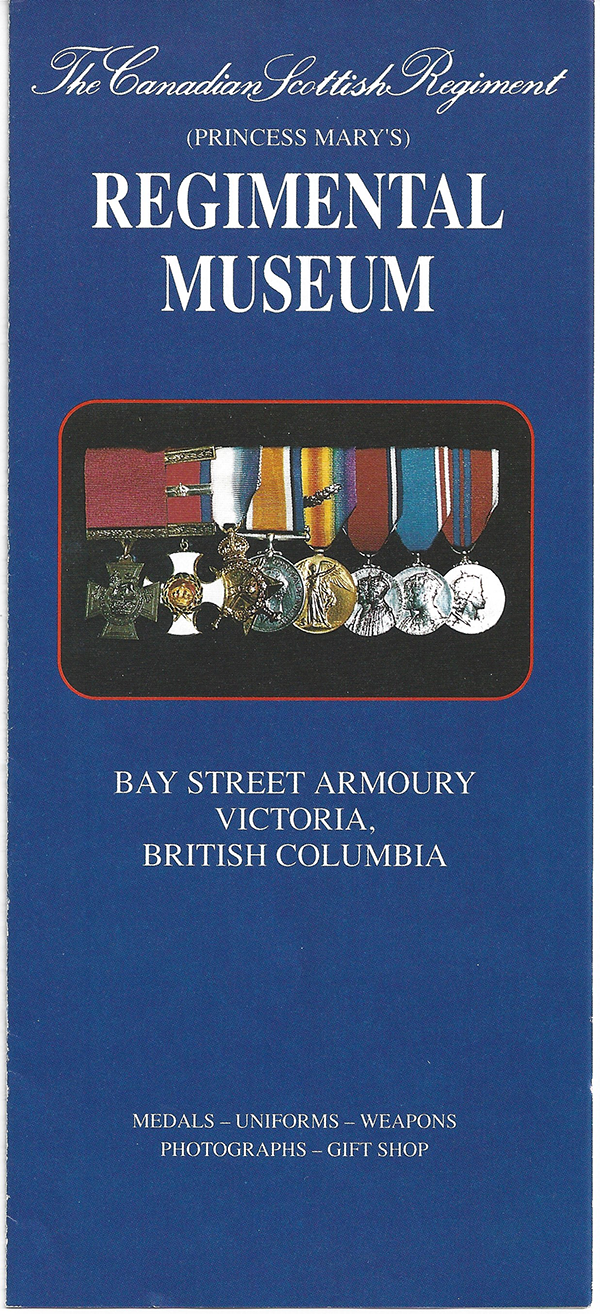
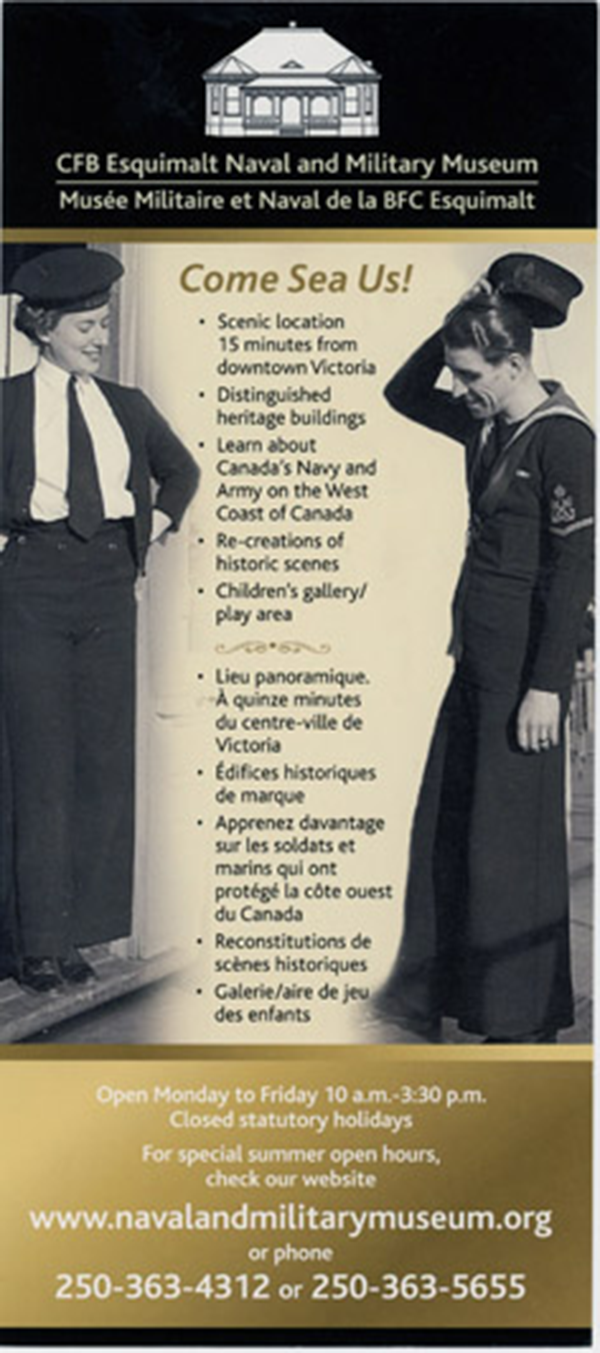
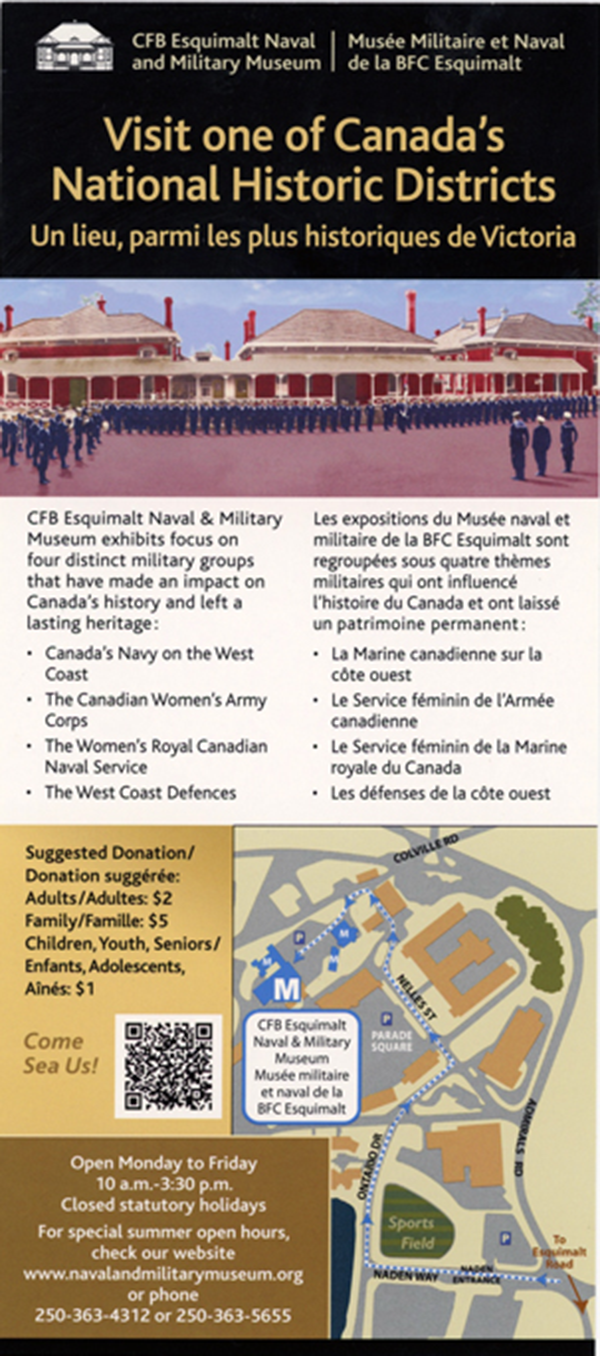
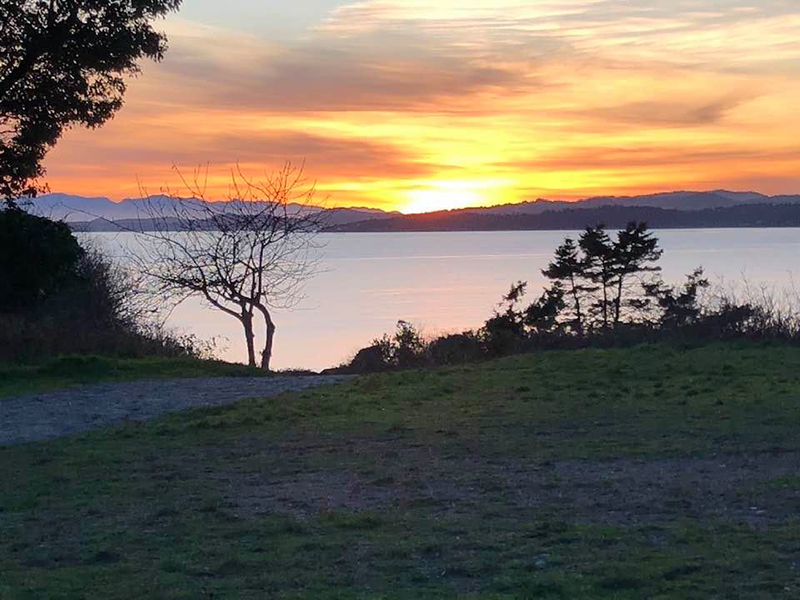
.png)
.png)
.png)
.png)
.png)
.png)
.png)
.png)
.png)
